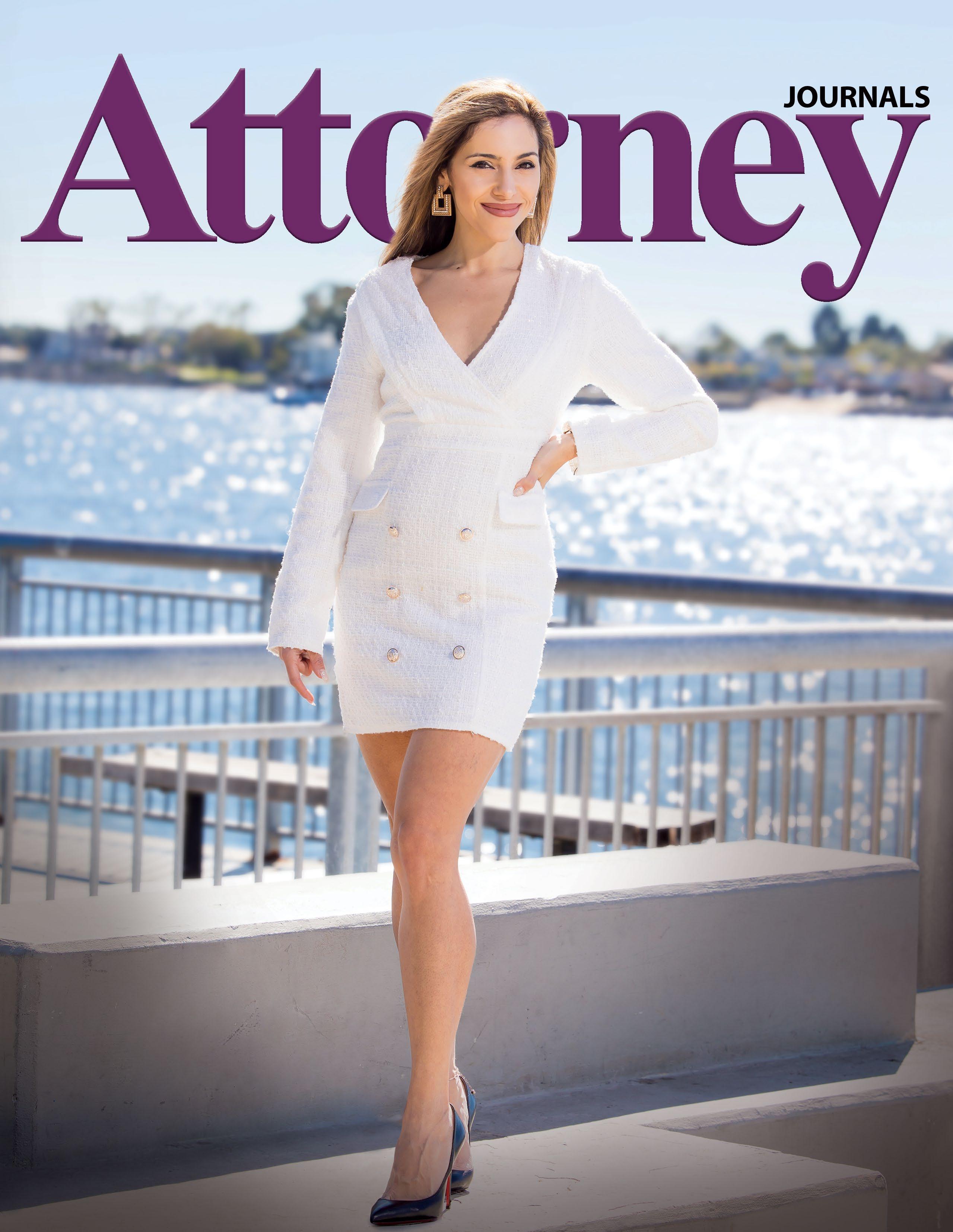
Emilia Arutunian, Gomez Trial Attorneys San Diego Employment Litigation Director Espouses and Protects Workers’ Rights Attorney of the Month SAN DIEGO Volume 233, 2023 $6.95 Take Client Service and Business Growth to the Next Level Are Remote Shadow Juries the Future of Jury Research? Successful Content Marketing 3 Moves to Help Your Law Firm Thrive Susan Lambreth California Case Summaries Monty A. McIntyre 5 Tips to Get Your Biography Noticed Lance Godard Robert Bettler, Jr. Sarah Brodsky Rebecca Edwards & Beth Cuzzone
• $22,659,551 settlement for clients defrauded in a local Ponzi scheme in Levin v. Chicago Title, et al. (2021)(Michael Kirby & Jason Kirby).
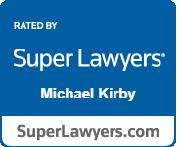
• Complete defense jury verdict in real estate dispute and more than $400,000 collected for attorneys’ fees and costs in Batter v. McElhinney, et al. (2019)(Jason Kirby).
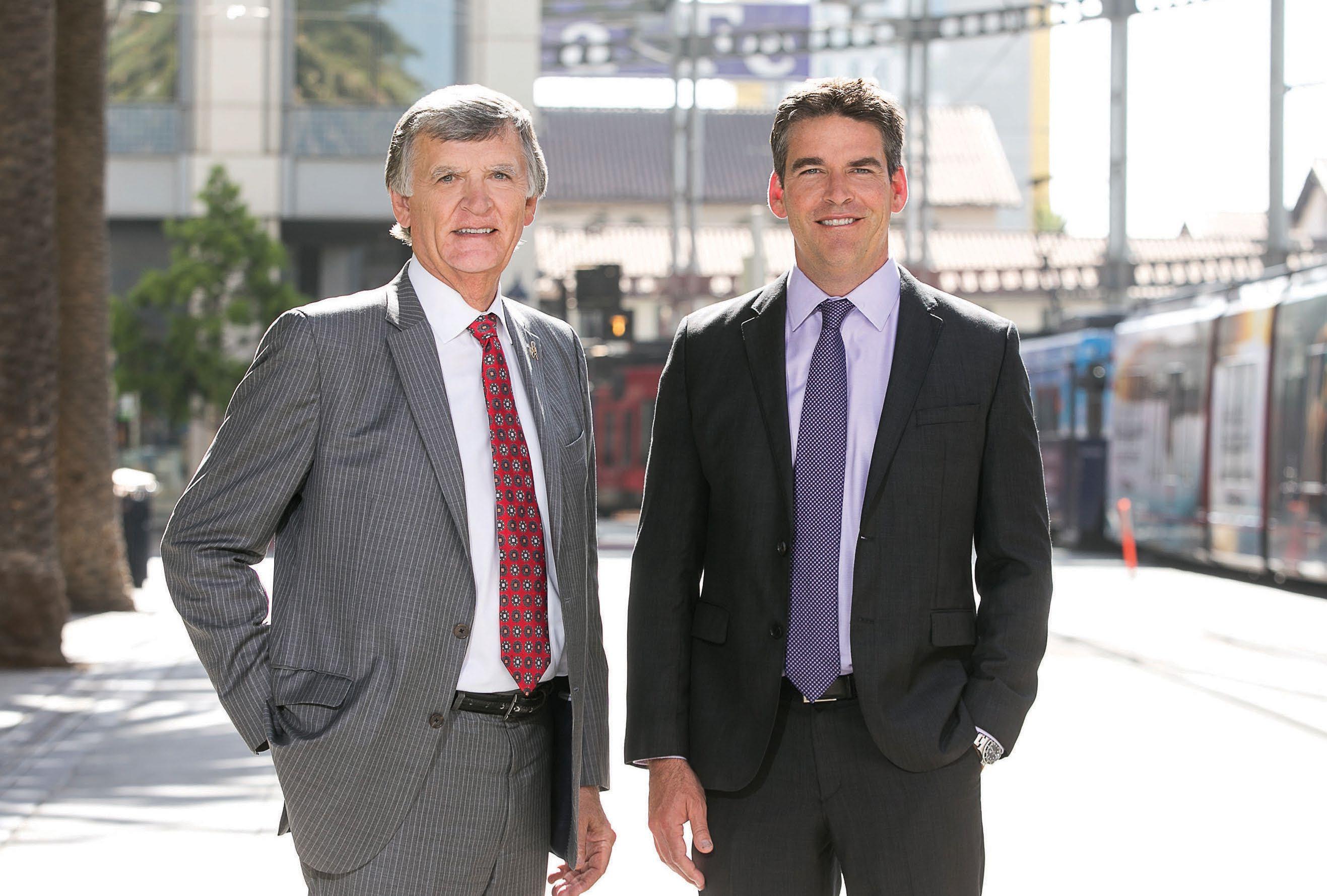
• $2.1 million jury verdict for firm client in Doe v. San Diego Unified School District, et al. (2018)(Jason Kirby & Michael Kirby).
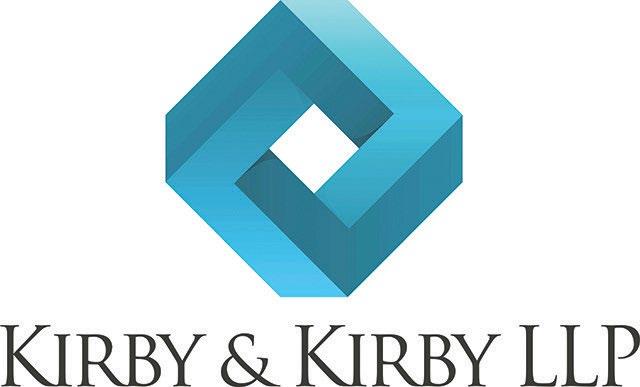
• $1.1 million arbitration award for firm clients on cross-complaint after zeroing plaintiff on $6 million damage claim in Step Strategy Advisors v. Solid Gold Health Products for Pets, Inc., et al. (2018)(Jason Kirby lead counsel).

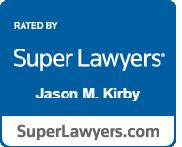
501 West Broadway | Suite 1720 | San Diego, CA 92101 | 619-487-1500 | www.kirbyandkirbylaw.com
SPECIALIZING IN COMPLEX BUSINESS LITIGATION BET-THE-COMPANY CASES OVER 65 YEARS OF COMBINED EXPERIENCE REFERRALS/SUBSTITUTIONS ACCEPTED AT ALL STAGES OF LITIGATION, INCLUDING TRIAL
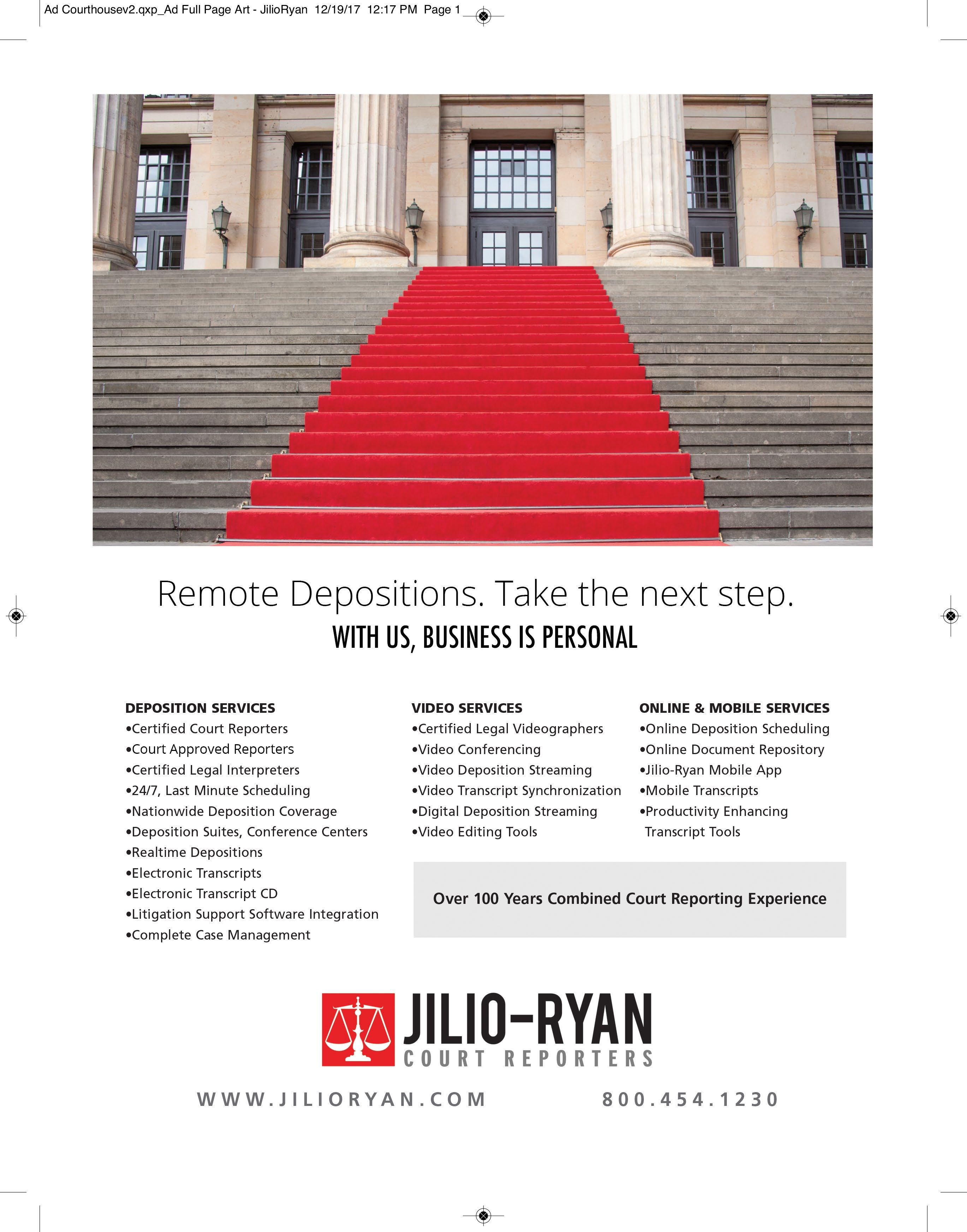



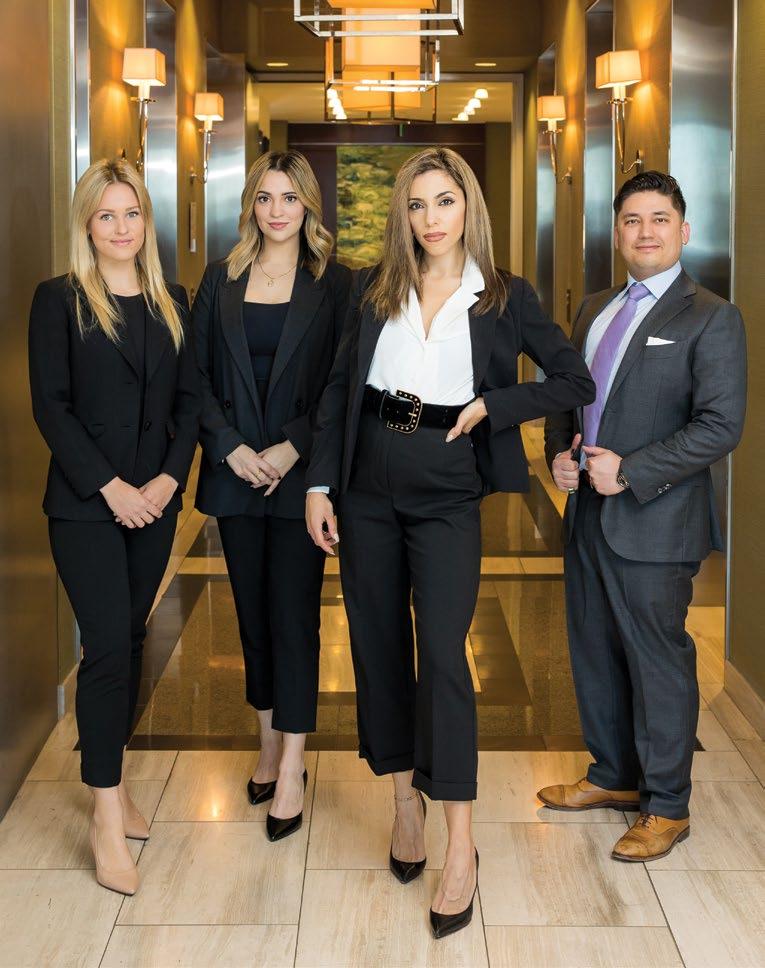
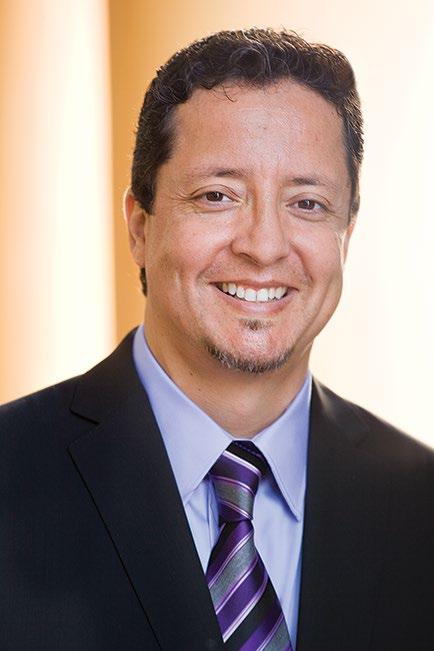
Editorial material appears in Attorney Journals as an informational service for readers. Article contents are the opinions of the authors and not necessarily those of Attorney Journals. Attorney Journals makes every effort to publish credible, responsible advertisements. Inclusion of product advertisements or announcements does not imply endorsement. Attorney Journals is a trademark of Sticky Media. Not affiliated with any other trade publication or association. Copyright 2023 by Sticky Media. All rights reserved. Contents may not be reproduced without written permission from Sticky Media. Printed in the USA EXECUTIVE PUBLISHER Brian Topor EDITOR Wendy Price PUBLICATION DESIGN Penn Creative CIRCULATION Angela Watson PHOTOGRAPHY Chris Griffiths STAFF WRITERS Dan Baldwin Jennifer Hadley CONTRIBUTING EDITORIALISTS Robert Bettler, Jr. Sarah Brodsky Beth Cuzzone Rebecca Edwards Lance Godard Susan Lambreth Monty A. McIntyre ADVERTISING INQUIRIES Info@AttorneyJournals.com SUBMIT AN ARTICLE Editorial@AttorneyJournals.com OFFICE 30213 Avenida De Las Banderas Suite 200 Rancho Santa Margarita, CA 92688 www.AttorneyJournals.com ADDRESS CHANGES Address corrections can be made via email or postal mail. TABLE OF CONTENTS 2023 EDITION—NO.233 6 How to Take Client Service and Business Growth to the Next Level by Rebecca Edwards & Beth Cuzzone 8 Five Tips to Get Your Biography Noticed by Lance Godard 10 Are Remote Shadow Juries the Future of Jury Research? by Robert Bettler, Jr. 14 Set up Your Law Firm for Successful Content Marketing by Sarah Brodsky ATTORNEY OF THE MONTH 16 Emilia Arutunian, Gomez Trial Attorneys, San Diego Employment Litigation Director Espouses and Protects Workers’ Rights by Dan Baldwin 22 California Case Summaries by Monty A. McIntyre 26 Three Moves to Help Your Law Firm Thrive by Susan Lambreth 6 16 26
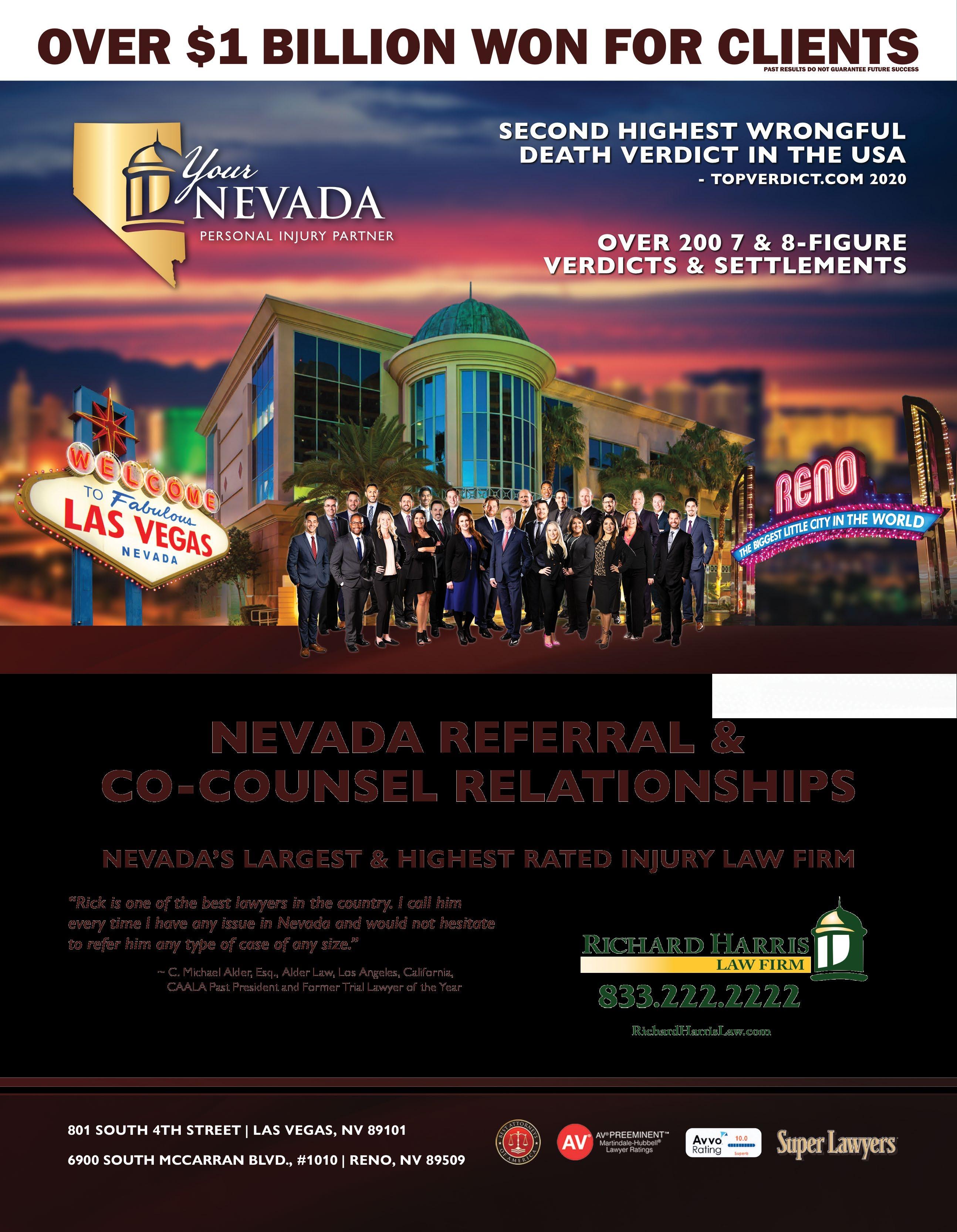
2023 is here. It is safe to say that client service is one of the critical, few differentiators to be found in a crowded legal marketplace—and, related, the latest trend to receive a great deal, visibility and attention in firms is client teams.
However, regardless of whether your firm has a functioning client team or not, marketing and business development professionals can drive initiatives to get closer to clients and grow relationships. Doing so, you can position yourself as a revenue generator, helping attorneys prioritize time spent on off-the-clock investments in client relationships.
In this article, we provide examples to do just that—dividing these client service activities by low to high investment.
It doesn’t have to start with top-down mandates by a managing partner or executive committee. You can drive this.
First, block off two one-hour meetings in your calendar to dedicate time to your program—the results of which will include deepening client relationships and business growth.
Next, find one or two partners who are open to the concept and secure a client from each.
Then, ask yourself: How are we helping the client’s business? Do we understand the client’s strategic goals and direction?
If the partners you have chosen to work with on this cannot articulate the client’s strategy, then try reviewing annual reports, investor calls, or subscribe to your client’s PR/media distribution list. You will quickly gather the intelligence you need to begin compiling a client briefing book.
In addition to background on the client’s business, recent news and details regarding direction, your client briefing book should also include financials. Your financial research may include:
• Revenue History (3–5 years recommended)
• Revenue by office, geography, practice group, and/or industry group (3–5 years recommended)
• Hours billed (3–5 years recommended)
How to Take Client Service and Business Growth to the Next Level
by Rebecca Edwards and Beth Cuzzone
• Open matter velocity (3–5 years recommended)
• Diversity and Inclusion stats (3–5 years recommended)
• Rates (standard, contingent, discounted, flat, other AFAs)
• Realization
• Profitability (different than realization)
Note: The most effective way to take client engagement to the next level is by conducting client feedback interviews. The insights gleaned shine a light on the good and the bad, providing real opportunities for growth in the relationship.
This article is geared towards those firms who are not yet able to conduct these interviews but wish to make incremental advancements to their client relationships.
The following types of Investment Time fall into three categories: Tactical, Moderate and Strategic.
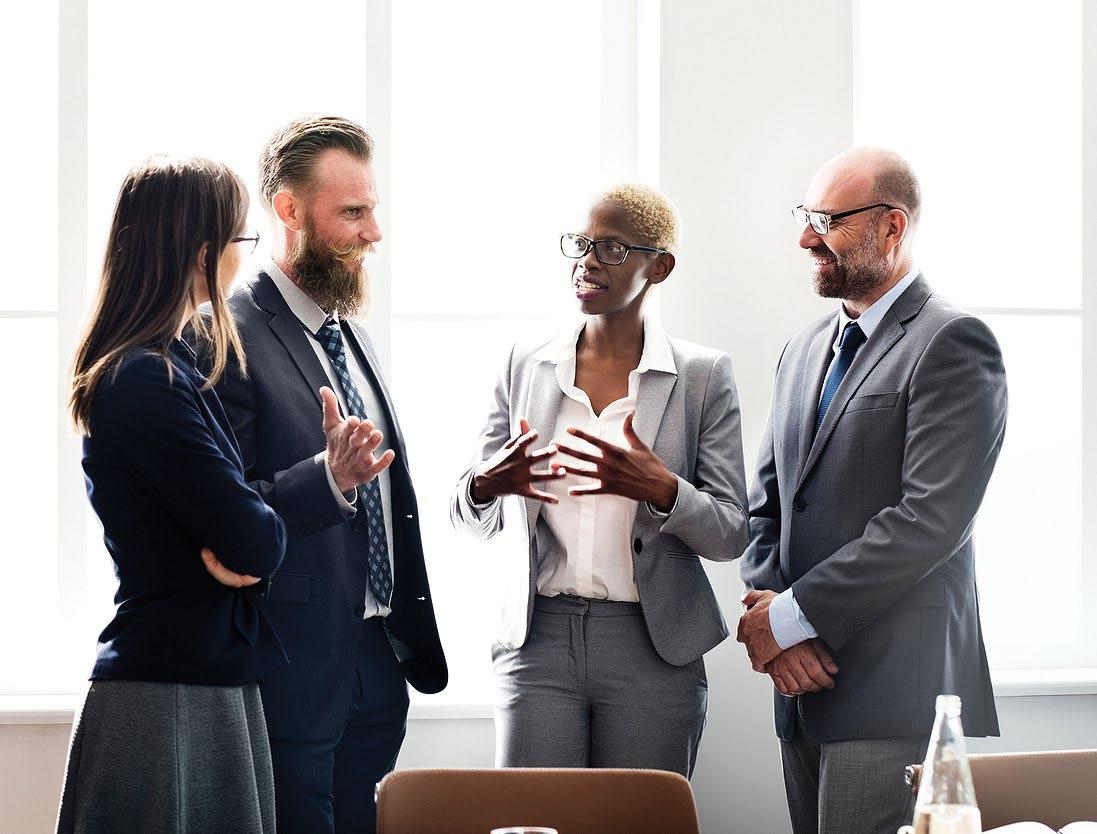
Allocate Time Enlist a Few Partners Select Clients and Uncover Strategic Priorities Prepare a Client Briefing Book, Including Financials Identify and Implement Investment Activities Attorney Journals San Diego | Volume 233, 2023 6
Marketing and business development professionals can drive initiatives to get closer to clients and grow relationships.
TACTICAL
Social Media Interaction
By following, congratulating, and highlighting your client’s good work, you help them spread the word about their products and services. Keep track of the activity and provide your client with an unprompted annual update on your social media engagement.
On-site Visits
We strongly suggest this low-cost activity. Offer to visit your client’s office, plant, facility, or headquarters. Fill your day by meeting with people you don’t normally interact with and ask lots of questions. You and the partner will inevitably walk away from the day with actionable insights.
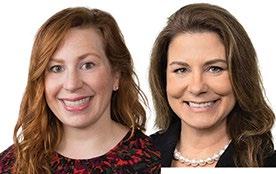
Email Marketing Communications
This might be marketing 101, but it bears repeating. Ensuring that the key contacts at priority clients receive your firm’s thought leadership is an important pillar of client communications. The beginning of the year is the perfect time to conduct an audit of relationships to make sure those individuals have opted into and are receiving relevant firm communications. Bonus points go to firms where attorneys are responsible for forwarding those alerts with a personalized note, highlighting why the information is important for their business.
Offering Office Space to Client
Post pandemic, more and more executives work from home. At least two times a year, proactively offer your clients conference room space for executive committee/board meetings or if they are visiting cities in which your law firm has offices, offer them visiting attorney offices.
MODERATE
Attend Board/Investor/Civic Meetings
Depending on your current partnership level, it may prove relevant and even beneficial to invest time in attending your client’s business meetings—or those meetings that may impact your client’s business (i.e. city council, zoning boards, etc.). By doing so, attorneys will be better positioned to advise their clients on a variety of business issues now that they understand the full picture.
Introductions to Other Clients/Service Providers
Is your key client in the manufacturing industry? Do you have another client that specializes in widgets for manufacturers and your client has just mentioned this is a pain point for them? Keep your ears open for those kinds of opportunities and offer to make introductions.
Training (CLE)
Year over year, in-house counsel rank complementary trainings— especially Continuing Legal Education—as their #1 value add.
With that in mind, poll your client’s general counsel to see if there is something their teams are running into that they may benefit from training on. For clients with no in-house counsel, ask their CEO what legal issues they are worried about— employment and privacy are typically top of mind—and offer to do a training for their business teams.
Annual Off the Clock
This is the best time of the year to suggest an off-the-clock meeting with your key clients. The purpose of this meeting is to uncover your client’s goals and priorities for the year. Simply starting with those questions will provide amazing insights into how you could help them to achieve those goals in 2023. Your marketing department can help you prep for the meeting by compiling a research memo and providing other thoughtprovoking questions to pepper into the conversation.
STRATEGIC
End of Matter Debriefs
An official debrief allows the client to be heard and your firm to uncover ways to improve client service. When a matter is concluded, reach out with a request to receive feedback. When a client shares what went well, what could be improved and what they want in the future—you are solidifying your services and future with the client.
Executive Briefings
There are trends, new regulations, and legal precedents being set every year. Offer up your subject matter expert to meet with the C-team, Board, or Executives to brief them on new and trending issues. It shows that you are interested in their business and industry.
Financial Reporting
Clients receive bills on a regularly scheduled basis, but when was the last time the client saw a 3- to 5-year overview of their legal spend from their lawyers? Creating such transparency opens dialog about where the client can save money, spend more, or where a firm can be more efficient.
Eighty percent of a firm’s revenue typically comes from 20% of its clients. The goal with the above initiatives is to grow your clients’ legal spend with you. As we head into an uncertain year, cementing relationships with good clients is paramount.
We hope these suggestions create opportunities to further develop and grow these relationships. Let us know what you implemented by connecting with us on LinkedIn. n
1 2 3 Attorney Journals San Diego | Volume 233, 2023 7
Rebecca Edwards is Senior Marketing and Business Development Manager at Williams Mullen. www.linkedin.com/in/rebecca-edwards-rva. Beth Cuzzone is the Global Practice Group Leader at Intapp. www.linkedin.com/in/beth-cuzzone.
Agood lawyer biography provides an overview of your strengths and accomplishments, tells an engaging story, and describes the benefits you bring to clients (as it draws in your reader), piquing their interest so they want to learn more. It does not recount your entire career, list every case you won, and document every deal you closed since you graduated from law school.
Five do’s and don’ts to make your biography stand out, whether on LinkedIn, your firm profile, or in the program notes for your next speaking gig:
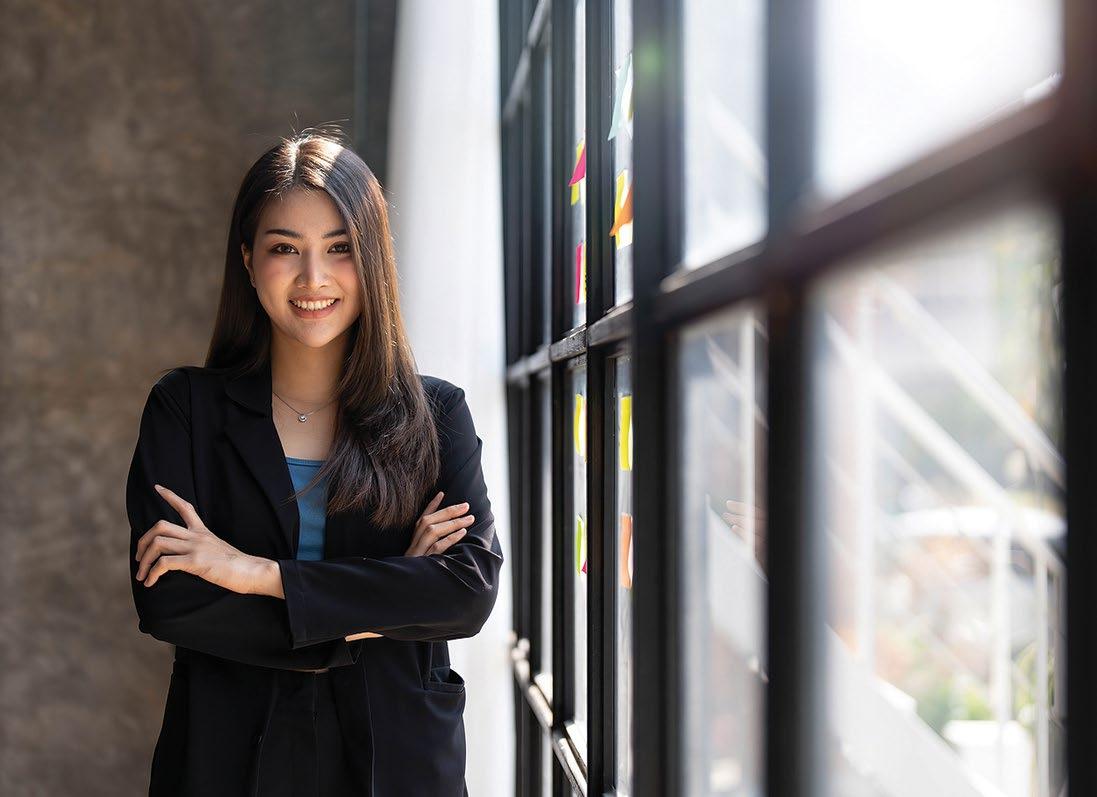
Lead Off with How You Help People (Not Just Your Title) You need to tell people what you do and how you can help them. “Jennifer Jones is a Partner in the Litigation Group” does neither. Instead, make the opening sentence a value proposition that clearly states how you help clients, like: “Jennifer protects biotech startups against product liability theft and losses.” If that’s all that visitors to your website read, they’ll know what you do—what you’re good at—and what you can do for them.
If your practice covers multiple disciplines, include that in your introductory paragraph as well. “In addition, she helps IP rights holders monetize their intellectual property and has particular strengths managing pharmaceutical and biotechnology patent portfolios across the globe.”
Tell Stories Client stories are engaging testimonies of your skills and commitment to clients. Always include one or two representative examples of your work in the text of your bio to demonstrate your experience and show readers how you solve the business and legal problems they face.
...demonstrate your experience
Ideally, you’ll be able to tie practice strengths into the case studies you provide. “Biotech clients count on Jennifer’s understanding of sophisticated technology—she has a Ph.D. in biochemistry from Yale—to guide them as they pursue licensing and sales opportunities for their products. In one such instance, she helped a small biotech startup license their genetic engineering process to a global pharmaceutical company for an eight-figure sum.”
Don’t Talk Too Much When it comes to bios, less is often more. That doesn’t mean that you should exclude significant capabilities and practice strengths, but rather that you should always maintain a critical eye on the length of your bio when deciding what to discuss. Ask yourself if this skill or that experience is relevant to the audience you’re trying to reach. If
5 Tips to Get Your Lawyer Biography Noticed
by Lance Godard
so, keep it in. If not, consider highlighting it elsewhere, like in a representation list or with a practice group designation.
Ask yourself if this skill or that experience is relevant to the audience you’re trying to reach.
Of course, there’s no ‘right length’ for bios, particularly since they must complement your firm’s style and conventions and align with the time you’ve been practicing. Still, my rule of thumb is typically between 250 and 350 words for senior associates and junior and mid-level partners. First-year associate bios will be shorter, in the 100-150 word range, and those for senior partners and firm leadership can easily approach 500 words.

Use Plain English Nobody likes legalese. Not other lawyers, not CEOs and business managers, not even your mother. (Really. Just ask her.) And certainly no one wants to dig through legalese in a lawyer biography.
Use plain English phrasings to make your bio easy—and enjoyable—to read. Avoid overly technical descriptions of client problems you’ve solved, lawsuits you’ve argued, and negotiations you’ve handled. Simple and relatable language that everyone understands will make your talents stand out so that readers won’t be left scratching their heads wondering what you actually do.
Don’t Hide Your Personality Remember the proverb “all work and no play makes Jack a dull boy”? Turns out it’s true for lawyers, too. Describing your activities outside the office gives readers the complete picture of who you are, what you care about, and how you spend your time. Extracurricular activities—professional and personal—can also be a great conversation starter.
Law is a relationship business, and those relationships are often boosted by affinities you share with peers and prospects.
Clients want to hire real people to do their work, people with personalities and interests that go beyond their practice. Whether you’re president of an industry trade association, a long-time runner who’s completed marathons in 25 states, or a volunteer at the local food bank, talk about it in a sentence or two at the end of your bio to illustrate what you do when you’re not working. Your bio should tell your story, what you’re good at, and why clients should hire you. Now get writing. n
Lance Godard has helped lawyers and law firms articulate their value, engage their readers, and grow their business through compelling content for three decades. Follow his work on www.linkedin.com/in/lancegodard.
Attorney Journals San Diego | Volume 233, 2023 8
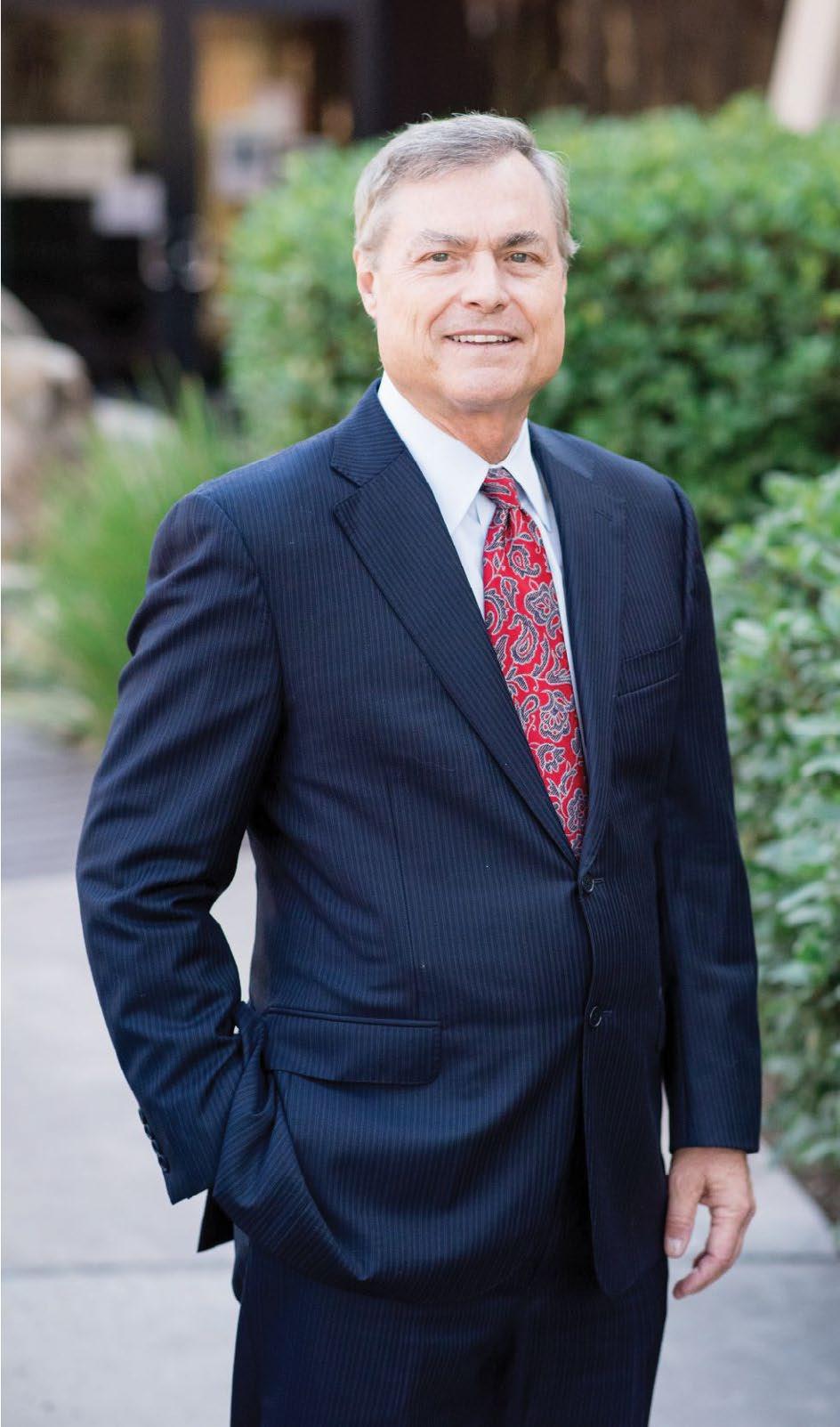

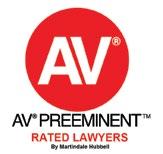

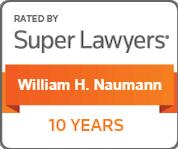
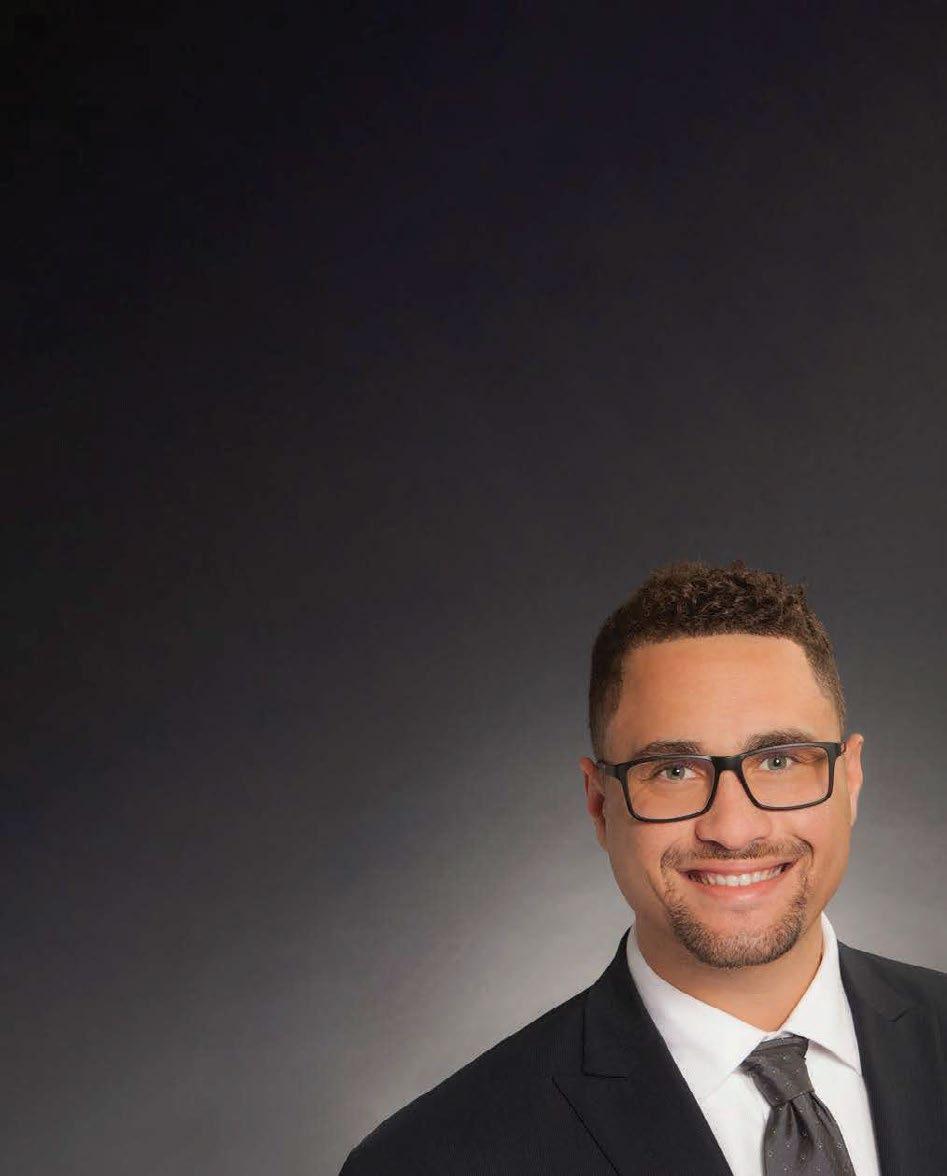
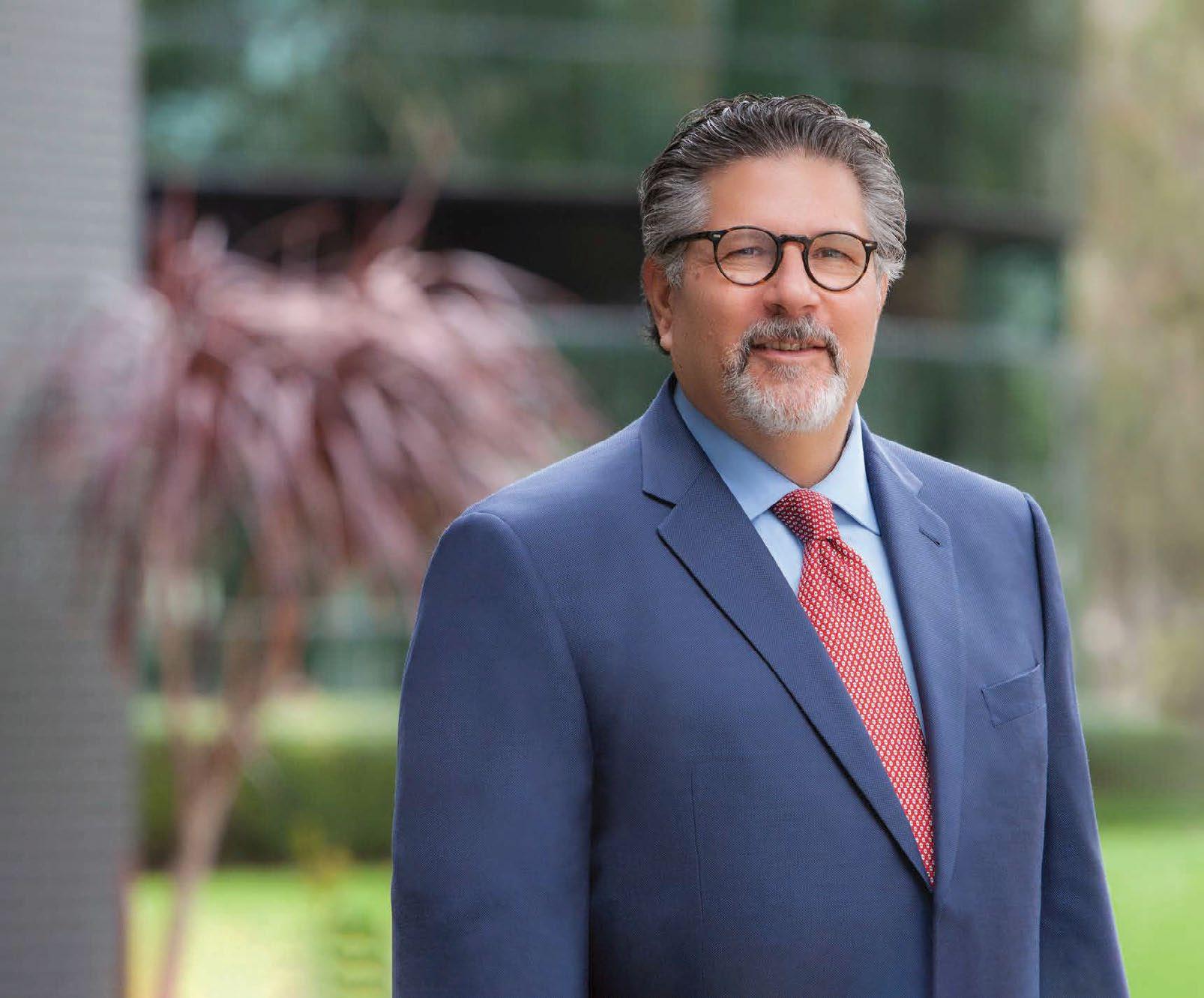

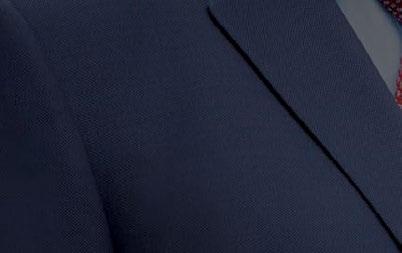
















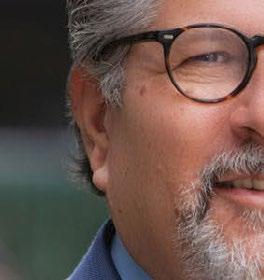








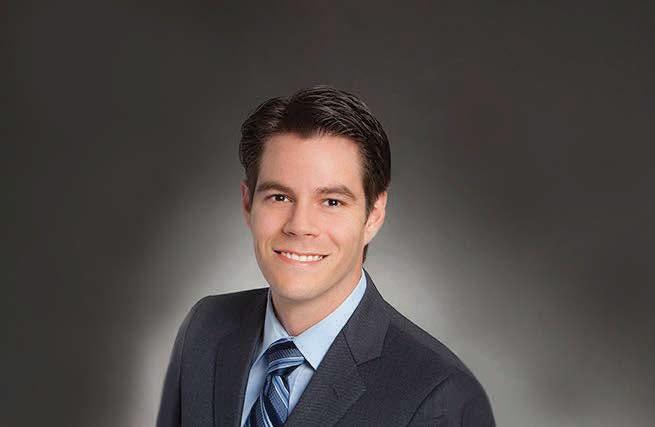










Paul D. Woodard PARTNER Corey F. Schechter PARTNER mschechter@bsllp.com Butterfield Schechter LLP is San Diego County’s largest firm focusing its law practice primarily on employee benefit legal services. Our experience in employee benefits law and business law provides creative solutions for the most pressing business concerns. We are also dedicated to employee ownership and know all things ESOP (Employee Stock Ownership Plans). Learn more at www.bsllp.com. Helping You See ERISA and Employee Benefits Law Clearly 10021 Willow Creek Road, Suite 200, San Diego, California 92131 Telephone: (858) 444-2300 Facsimile: (858) 444-2345 www.bsllp.com Practice areas include: ESOPs - Pension, Profit Sharing, 401(k) Plans - ERISA Litigation - ERISA Compliance - IRS and DOL Audits - Nonqualified Deferred Compensation Plans - Stock Options Plans - Business Transaction & Succession Planning - Qualified Domestic Relations Orders (QDROs) FIRM FOCUS ON EMPLOYEE BENEFITS LAW 9 Attorney Journals San Diego | Volume 233, 2023
At trial, capturing juror attention and sentiment is the primary objective. During every stage of the trial, with every witness, with every document, every demonstrative, and with every bullet point on every PowerPoint slide, attorneys constantly ask one critical question: “How will the jury look at this?”
Of course, there is no way to know how jurors feel while the trial is going on. Judges admonish everyone involved in the trial to refrain from even saying “Good morning” as they ride up to the courtroom in the elevator. In many jurisdictions, courts might allow the lawyers to question jurors after a verdict, which might be useful in serial litigation or just for general edification but is not much help in the case at hand.
One alternative to keeping track of juror sentiment during a trial is to utilize a shadow jury.
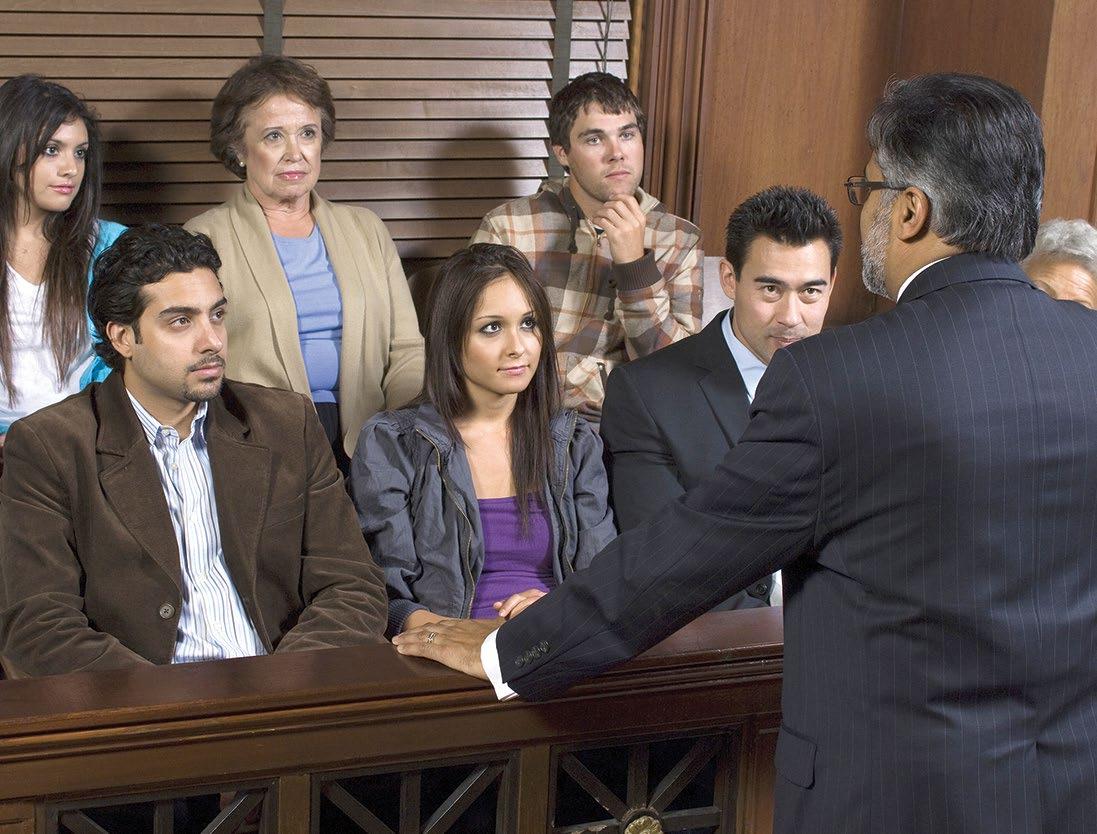
Traditional Shadow Juries vs. Remote
In the traditional shadow jury, litigation, or trial, consultants select a small sample of surrogate jurors to resemble the actual seated jurors. Here’s a brief overview of how a shadow jury would work in a typical sense.
• The shadow jurors, affectionately known as “shadows,” meet with the litigation consultants every day before and after court.
• Then, all day, every day of the trial, one or two consultant-shepherds lead the shadow jurors in and out of the courtroom, in sync with the real jurors’ entries and exits. (It is not at all unusual for a third of the total trial time to be devoted to arguments out of the presence of the jury).
• While the real jurors wait in their room, the shadow jurors bide their time in the hallway. At the end of every day, the litigation consultants administer a quick questionnaire or perhaps debrief the shadows individually.
Are Remote Shadow Juries the Future of Jury Research?
by Robert Bettler, Jr.
• Every night, the consultants send the attorneys a short report on the shadow jurors’ reactions to that day’s evidence, along with analysis and possible recommendations.
And then the next morning, everybody starts the same cycle again.
Parenthetically, following a trial like this day after day, week after week, gives one a deep appreciation for the sacrifice American jurors make. It is an onerous task we ask of jurors. They have families. They have jobs. They have a thousand other things they’d rather be doing to keep their lives on track, but they must set all that aside for days at least, and often for weeks, to serve the common good.
Remote Shadow Juries: The Future of Jury Research?
In 2022, DecisionQuest conducted what appears to be the first remote shadow jury, leveraging the same video conferencing technology that became so useful during the pandemic. A remote shadow jury works the same way as the in-person variant, except the stimulus material (to get technical) comes from a video feed of the court’s proceedings rather than having the shadows watch the trial in real time.
• The shadow jurors log in to a video meeting and watch a video of each day’s testimony. Any material that the real jury would not have heard is edited out.
• As with the in-person approach, the remote shadow session ends each day with a brief survey of jurors’ reactions to that day’s witnesses and issues, which is then condensed into a report.
The expectation is that, if problems in the client’s case are noted in the shadow jury, they might be rectified at some point with the real jury. Setting up and running a shadow jury day-to-day is a labor-intensive process either way. The costs of the in-person and remote versions are very similar,
Attorney Journals San Diego | Volume 233, 2023 10
with one important exception: remote shadow jurors cost less than in-person ones.
For the price of getting a shadow juror to drive into town, park their car, sit on hard benches in the back of the courtroom all day, file out to the hall for indefinite periods, fill out a questionnaire at the end, and drive home, you can get two shadows who will sit in their easy chair and watch a video for a few hours from the comfort of their own home.
Remote Shadow Juries Present a Rare Opportunity
In the recent 2022 remote shadow jury project, participants were chosen by demographics, but also by strategy. By using the same juror profile used in the jury selection, we deliberately “empaneled” a couple of jurors whom the profile suggested would be hostile to our client’s case.
They did indeed turn out to be hostile.
This was precisely the sort of juror we advise striking in the actual jury selection, but the goal of a shadow jury project is not to win, but to hear as much criticism as possible about our case.
Our eight remote shadow jurors met with us every night of the actual trial. Over the weeks of the exercise, the shadow jurors got to know each other, much like real jurors. They chatted about innocuous matters in an Internet waiting room until a video of the day’s proceedings was played. Night after night the shadow jurors heard witness after witness, through closing arguments, until the day the actual jury went into deliberations. As with the actual jurors, this was the shadow jurors’ first opportunity to discuss the case amongst themselves.
Any worries about remote shadows being less engaged than their in-person counterparts were alleviated after feedback from our post-trial survey.
In our close-out session with the shadows, we administered a survey about the experience. Judging from their responses, they seem to have been highly engaged:
• I thought this was very interesting and informative as with tonight seeing other people’s point of views. They saw things and remembered things I didn’t. Also, this was an innovative project like BULL on TV. Very different and exciting.
• It was interesting, fun, a learning experience and enjoyed it a lot.
• This turned out to be a fun and enlightening experience. I learned far more than I expected, and everyone involved was very professional.
But the important question is, in technical terms, one of generalization: Do the observations in the shadow jury generalize to the real jury? Is there any substantive difference in how eight people sitting in the comfort of their own homes watching a video of the trial would view the case as compared to ten people actually sitting in the jury box?
The Accuracy of Shadow Juror Predictions and Narrative Thinking
Past research justifies considerable optimism on the question of generalization.
As is well-established in the empirical literature (not to mention the experience of practicing jury lawyers since the time of Aristotle!) jurors take the information they hear in a trial and convert it into the form of a story. Narrative thinking is the default mode of human cognition.
Experience with thousands of mock jury discussion groups has shown that a group of, say, 24 or 36 mock jurors will not form dozens of distinct narratives, rather the most common outcome is that they cluster around between one and four narratives. On rare occasions, all the mock jurors will accept one side’s narrative. More commonly they settle into two or three distinct narratives: One following the plaintiff’s version of events, one the defendant’s, and sometimes a hybrid. On very rare occasions, one might even see a fourth narrative cluster.
But more relevant to generalization: in a given case type, be it asbestos or insurance or a patent case, one sees very similar narratives emerge in dozens of groups separated by years and many miles.
Further, from the ground-breaking study of hundreds of juries by Kalvan and Zeisel (1966), we learn that by the end of the evidence, most jurors, whether in a real jury or a mock trial discussion group, have made up their minds. Whatever opinion is held by a majority of jurors when they first sit down to deliberate, that is the opinion most likely to prevail in the group-level verdict. Kalvan and Zeisel likened it to photography:
By the time the jurors sit down to discuss the case, the film has already been exposed. All that remains is for the picture to develop.
This case I’m writing about provided a unique opportunity to DecisionQuest. For us, we got to follow a case from initial mock trial and focus group research to juror profiling analyses, to assisting with jury selection, to setting up and running a shadow jury, and finally to posttrial interviews with actual jurors in the case. In the world of trial consulting, this is a rare alignment of the planets.
Attorney Journals San Diego | Volume 233, 2023 11
This case also provided one small piece of concrete evidence that the shadow jury’s reaction to the case was indeed an accurate snapshot of the real jury’s— post-trial interviews with sitting jurors. While only two out of six sitting jurors agreed to talk with us, these two seem to have been the strongest voices for two opposing sides in, what seems to have been, some contentious deliberations.
• From what we heard from actual jurors, they accepted and rejected the same elements of both side’s cases as the shadows.
• They had the same reactions to the many witnesses over the course of the trial. Real and shadow jurors also made very similar comments about the attorneys.
• In the end, the issues that drove verdicts among the shadows and the real jurors were the same.
Although it is encouraging to see the same outcome in two separate groups, research of this sort is not so much about the outcome as the process. The remote shadow jury allowed us to track day-to-day how typical jurors were reacting to the case.
Especially when combined with insights gained over the course of our involvement with this case, it allowed us to answer questions in real time like:
• Did a particular witness move the trend lines?
• How seriously did the cross-examination of our expert hurt the case?
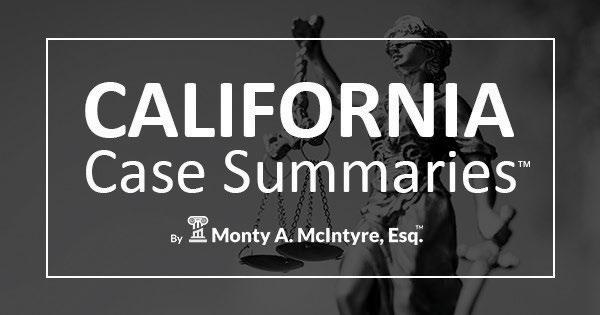
• Is there a need for a course correction in trial strategy? For questions like these, the remote shadow jury project was a complete success. n
This article provided by U.S. Legal Support (coauthor: Robert Bettler, Jr.) was founded in 1996 with a single goal: to be the first nationwide, all-inclusive litigation support company. Over the last thirty years, our mission has remained the same: to build lasting relationships with our legal industry partners by delivering exceptional litigation support services. Learn more at: www.uslegalsupport.com.
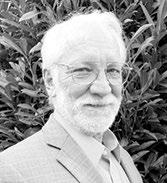
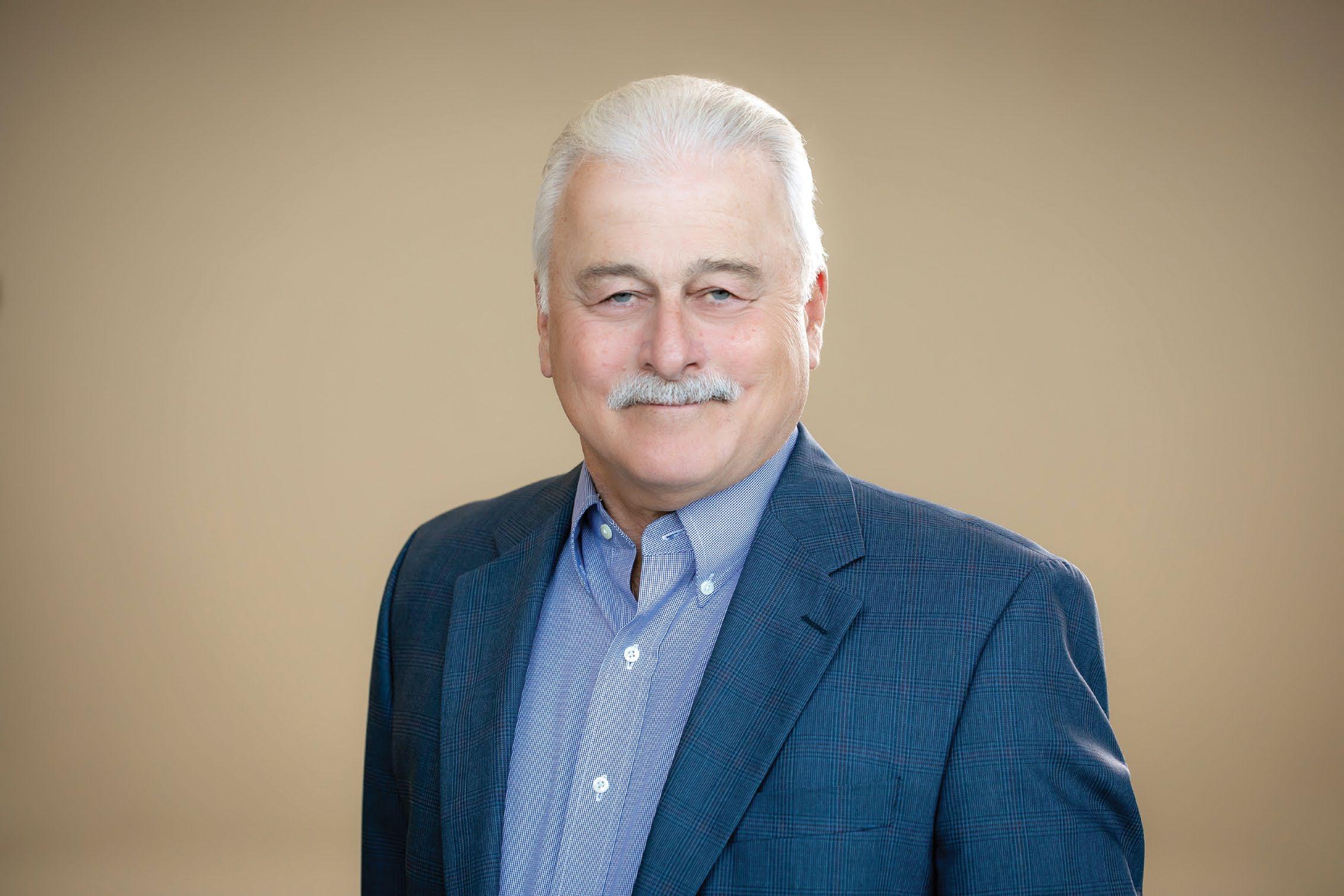
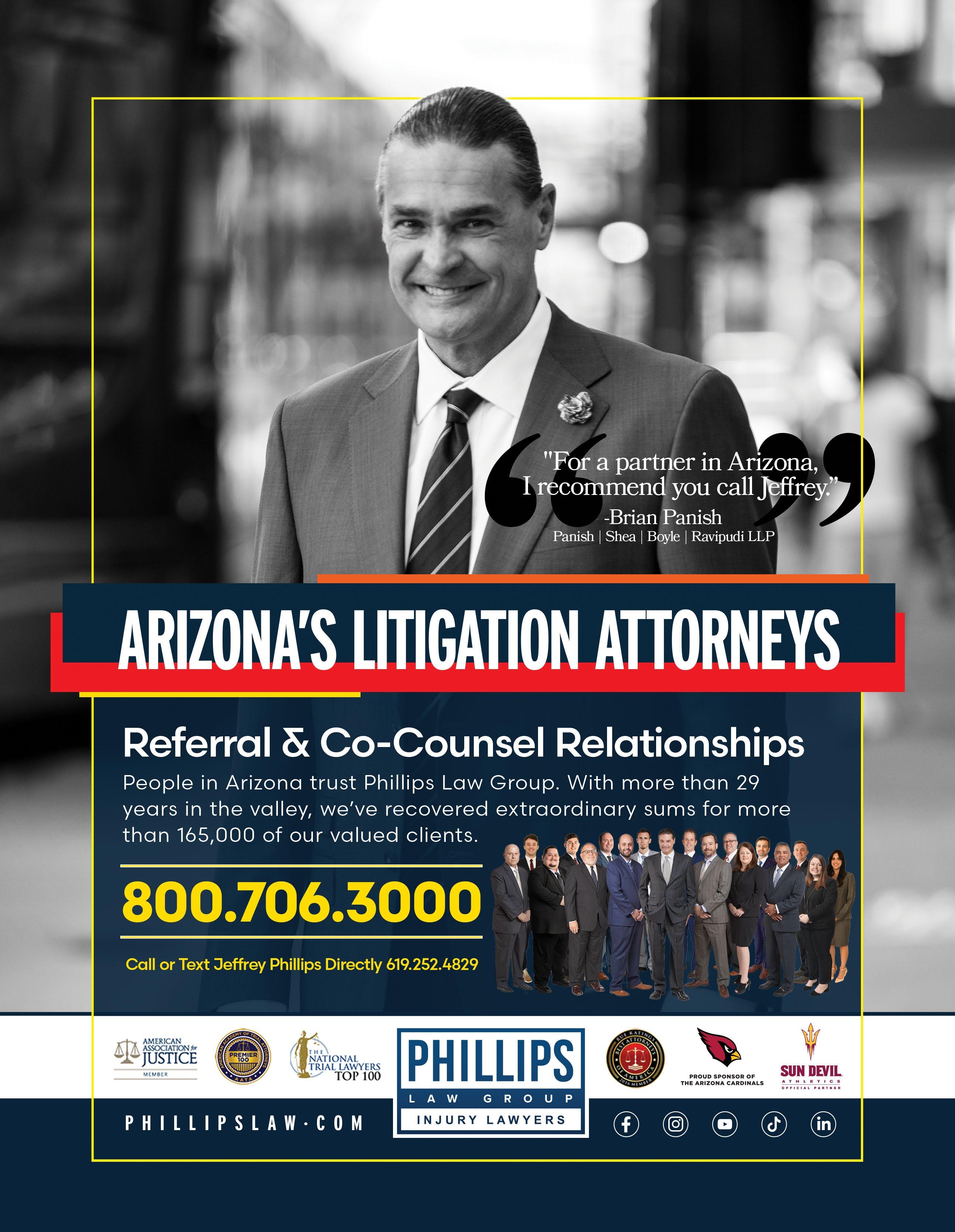
schedule, contact Haward Cho: (213) 683-1600 and (619) 233-1323 or haward@adrservices.com
To
summaries (one-paragraph), organized by legal topic, of every new published CA civil case, helping CA attorneys save time, win more, and make more money. Monthly, quarterly, annual, and annual practice area publications are available. Subscribe at www.cacasesummaries.com
Monty A. McIntyre, Esq. Mediator, Arbitrator & Referee ADR Services, Inc.
Short
Attorney Journals San Diego | Volume 233, 2023 12

With a new year upon us, you likely find yourself considering how to best ensure success for your law firm in the coming year. Amidst the factors of budgets and schedules, it’s important to take the time to consider how you plan to approach your content marketing strategy in the new year. You may be satisfied with how your marketing efforts have gone this year, or you may wish to use this time to analyze what could be done differently. Or this may be the year that you finally put a content marketing plan in place! Consider these factors as you set up an effective content marketing plan for your law firm in the year to come.
Set Your Objectives for the Year
In order to best execute your marketing plan, you must first understand your own goals. What is the objective of your content for this year? Is the goal to generate new clientele? To establish your law firm as a thought leader through observation and research? Is the motivation purely financial? It’s likely that your goal is a combination of all of these options—they are inextricably linked. It is important, however, to have a sense of what your most primary objective is in order to gear your content towards that goal. Knowing your direction makes it easier to engineer your marketing strategy in a way that makes a true difference towards achieving those goals, rather than producing content at random and hoping for the best.
Personalize Your Content
A large part of generating successful, relevant content is through the understanding of your audience. What are the questions you most often receive from new clients? Is your law firm one that is approached by potential clients who already understand your niche, or do you find yourself educating people about the services you offer?
Set up Your Law Firm for Successful Content Marketing
 by Sarah Brodsky
by Sarah Brodsky
What questions are the ones most asked by potential customers who go on to become full-fledged clients?
It’s important to recognize that certain questions are asked often because they are vital to your niche, but it’s also because there may not be satisfactory answers to be found. Personalizing your content towards what your target audience really cares about, the information they absolutely need to know, will guarantee that it will be seen by those who need it most and who are more likely to then employ your services.
Lean into Your Niche
In that same vein, not only do you know your potential clients better than anyone else, but you also know your law firm and its abilities the best. All of this knowledge together—your understanding of both your clients and your legal niche—gives you very valuable and unique insight into your potential customers. You understand the intersection of where their interests and lifestyles meet the necessity of hiring your law firm. You’ll find it to be an effective content marketing choice to make the most of this knowledge, and to engineer your content in that direction. By producing content that speaks directly to your specific niche, you not only demonstrate a deep and innate knowledge of your legal sector, but you also create relevant content for your specific client, drawing them in with proof of your expertise on a personal and professional level.
Remember the Human Aspect of Content Creation
The impulse is strong to engineer your content solely to what the search engines are seeking. You may have been advised to stuff your blogs full of keywords indiscriminately in order to sway Google in your favor. But it’s important to remember that, more than
Attorney Journals San Diego | Volume 233, 2023 14
anything else, your content should be written for humans, not robots. Your audience has expectations, and your audience also often has a limited attention span. They not only want the information you have to offer, but also want to know why you are offering it.
As part of your 2023 content marketing planning, think about your audience not as a monolith, but as the humans that make up that pool. For many law firm marketers, this human aspect manifests itself in the storytelling within the content they create. The words you choose and the way you frame your topics can make all the difference in how your content is received. Your voice is your strongest weapon here—it’s how you can convey not only the breadth of your knowledge, but also the humanity of your business. Frame your blogs within a broader narrative, and use examples from your experience to reinforce that you are real people writing for real people. Giving your audience a beginning, middle, and end to be invested in will ensure that they’ll stay with your content narrative all the way through.
Diversify Your Mediums
While blogs are the most common and often the easiest way to produce content, they are certainly not the only way to draw in an audience or boost your business higher on the search engine results pages. Part of this comes back to the question of attention spans— varying your offerings will, naturally, keep your audience engaged and coming back when new, unique content appears. Additionally, different people respond differently to various mediums, and everyone tends to have a preference. Diversifying your mediums in 2023 can revolutionize your digital marketing efforts. Regularly producing video content can appeal to an entirely new audience for your law firm. Similarly, podcasts have become an incredibly popular medium for disseminating information, and starting your own podcast or appearing on someone else’s can be an effective way to bring your law firm and its expertise to unexpected places.
Consider Voice Search
There is a shifting culture on the internet as users begin to utilize voice search more and more. In the United States, 40.2% of users on the internet utilize voice search capabilities. As the use of voice search shifts and grows, it becomes increasingly more important to
consider how voice search interacts with digital content and optimize for it, which includes understanding how users input information into voice search. If a potential client is asking a specific question about your legal niche into the voice search field—for example, “What is an estate plan?”—it is key to ensure that you have content that addresses these questions directly, both in the title and in the content itself. The more authoritative your content is when answering these questions, the more likely your content will appear at the top of the search engine results pages. Planning some content around answering the most common questions directly and thoroughly will lead more voice search users to your website.
Plan Ahead
Don’t leave your content until the last minute in 2023. Planning your topics and calendar in advance will alleviate a huge amount of pressure from the content creation process. Of course, you can’t always predict the future, and if a major world event or a development in your legal niche occurs, you’ll likely want to engineer some content related to that quickly so it remains relevant. However, aside from special circumstances, your history in your legal niche should make it relatively easy to predict the ebb and flow of your year. You know from experience what time of year you’re most likely to see new potential clients, and you know when you’re likely to have a quieter quarter. Plan your content around these cycles, and consider what topics and mediums will be best suited to each circumstance. Planning ahead will also allow you to plot out a pattern or distribution for experiments or changes in your content—for example, as you begin to utilize video as a content medium, you may wish to scatter that content throughout the year to see when it performs best. Considering the future to the best of your ability will ensure that your content remains successful in the long term. n
Sarah Brodsky is a Senior Digital Analyst at 9Sail. 9Sail is a search marketing firm that combines search engine optimization (SEO) and pay-perclick (PPC) management to help businesses solve their issues with lead generation, brand awareness, reputation building and management, and generating targeted website traffic. Learn more at: www.9Sail.com.
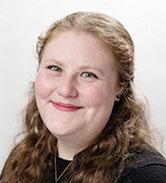
Attorney Journals San Diego | Volume 233, 2023 15
Employment Litigation Director Espouses and Protects Workers’ Rights
by Dan Baldwin
The United States often gets a bad reputation for being a litigious country, and I certainly understand the sentiment of that ideology, but, on the other side of the coin, the systems in place protect human rights like no other country in the world,” says Emilia Arutunian, Partner and Director of Employment Litigation at Gomez Trial Attorneys.
Arutunian speaks from experience. Her family emigrated to the United States as refugees from the fallen Soviet Union. She was six years old at the time.
Her mother’s Armenian family was forced to flee Baku, Azerbaijan at the fall of the Soviet Union while she was pregnant with Emilia. The family and their friends and associates were persecuted for being Armenian and Christian. Their lives were threatened. They moved to a small home in Kramatorsk Ukraine, along with thirty other family members. She says she led an interesting childhood growing up in a country which was learning to be independent after nearly 70 years of Soviet rule. The country was poor, corrupt, and the crime rate was out of control. There was no justice system. It is easy to understand her commitment to representing clients in need through the U.S. system of justice. She has seen and experienced that “other side of the coin.”
“Still, believe it or not, I believe I had one of the happiest childhoods of most people I know. My family
truly made the best out of the circumstances they were in, and I grew up surrounded by so many people and so much love, all of the time,” she says.
Slowly, nearly all of her mother’s family moved to the U.S. through refugee and asylum visas. They were brought in through the International Rescue Committee in El Cajon, San Diego, and were connected with the local Armenian church.
Culture shocks were common for the young immigrant. “I remember when my mom was finally able to buy fresh fruit. In Ukraine, fruits were impossible to obtain. The first time my mom came home from Vons with entire bags of groceries she proudly bought with the food stamps we were so grateful for, I remember very distinctly, looking at my mom with excitement and asking, ‘Are we rich now?’”
Arutunian says, with emphasis, she does not consider her early life a sob story. “I consider these days my greatest blessings, for they formed the foundation of my personality. Hard days can break you, or they can redefine you. Hard days build character. To me, no matter what you achieve in life, success is most accurately measured by the opposition you have encountered, and the courage with which you have persevered against the obstacles. We can’t control what happens to us in life, but we can control how we respond.” she says.
Attorney Journals San Diego | Volume 233, 2023 16
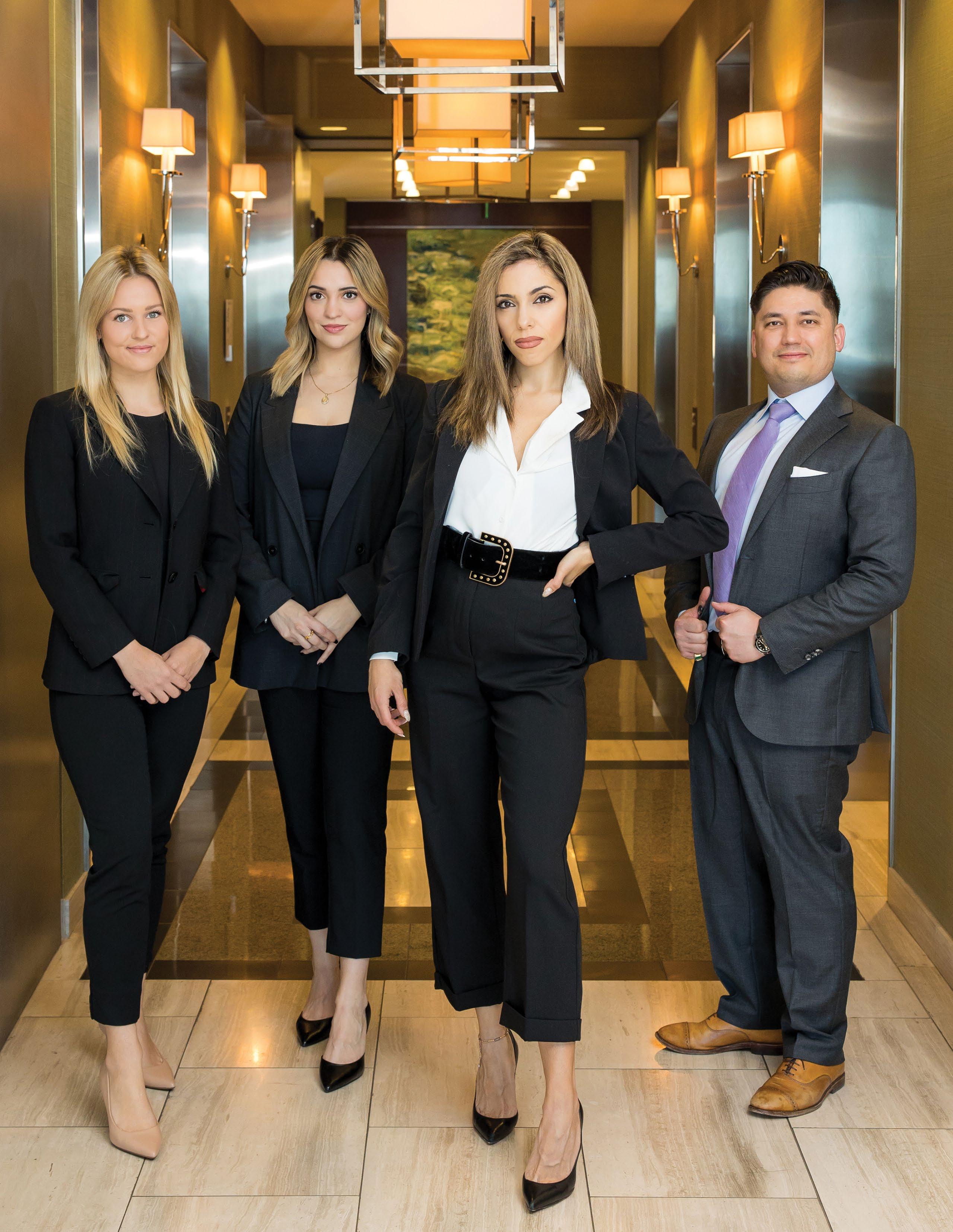

© Bauman Photographers
Gomez Labor and Employment Team: Taleah Phillips, Law Clerk, Belinda Medina, Legal Assistant, Emilia Arutunian, Director of Labor and Employment Litigation, John Solis, Senior Associate
JOURNALS
ATTORNEY OF THE MONTH 2023
Making a Critical Choice at an Early Age
During her early years in school, her mother could not help her with her homework because she did not speak English. Yet she was determined to ensure her children would not only succeed in their adopted country but achieve higher goals. In fact, the early motivation for becoming an attorney came from her mother. “She told me I had three choices. I could become a lawyer, a doctor, or a failure. She really said lawyer or doctor, but I understood what she meant,” Arutunian says. Life was a challenge, not only culturally but all around, having to navigate through an educational system that neither she, nor any member of her family understood. She had to figure out every step on her own, with the assistance of some high school programs that helped low-income students. Life wasn’t all a struggle though. Arutunian met her husband shortly before she finished college, and they were married two days before she started law school. She initially chose to become an attorney to please her family and to earn a better life. However, as time passed, she began understanding just how well the U.S. justice system worked, especially compared to the system in the old Soviet Union and the post-Soviet Ukraine. She developed a deep passion in and appreciation for the U.S. legal system,
especially how it protects human rights. Committed to achieving her goal, she graduated from San Diego University at age 21 with a major and two minors. She immediately began law school and graduated from the University of San Diego School of Law in 2015 at only 24 years old.
Arutunian attributes much of her success to the application of a quote from Will Smith, a statement she turned into a mission statement for her career and her life. “You might have more talent than me, you might be smarter than me, you might be sexier than me... But if we get on the treadmill together, one of two things will happen: You’re getting off first, or I’m going to die on that treadmill. I will not be outworked.”
She does not believe hardship is a negative aspect of life. “We are conditioned to avoid it, but many times and for many people, the depth of our struggles determines the heights of our success. Struggle breeds hunger. And that hunger can lead to great success,” she says.
The Evolution of an Attorney
“People spend so much of their lives at work. Every single person deserves a work environment free of harassment, retaliation, and hostility. My goal is to protect employees from illegal work environments and conditions and make sure they understand their rights in the workplace,” Arutunian says. That realization and insight came from direct experience with protecting the employers, not the employees.
Arutunian’s early legal career focused on litigating cases for the defense, including defending Californian businesses against claims and lawsuits involving workplace harassment, discrimination, and retaliation. During this phase of her career, she says she was exposed to the overwhelming challenges employees suffer in the workplace. She realized it was time to make another critical choice and that led eventually to a position at Gomez Trial Attorneys.
Previous experience made the decision to join Gomez Trial Attorneys easy. The firm is well-known and had been on her “radar” for some time. In one of the first defense trials she worked on, her employer represented a defendant against one of the Gomez Trial Attorneys firm clients. She was very impressed with John Gomez’s presentation of the case at that trial and the experience stayed with her.
Arutunian says, “Shortly after that case, I determined I absolutely loved litigation, but that the doom and gloom of personal injury law was not for me. I made the switch to specialize in employment law, where I could still litigate cases, without being constantly exposed to horrific injuries. I am a passionate person, and I put 110 percent into everything I do, but I cannot fight for things I do not believe in. I remained on the employment defense litigation side for most of my career, defending employers from lawsuits brought by employees.”
 © Bauman Photographers
© Bauman Photographers
Attorney Journals San Diego | Volume 233, 2023 18
Partners for Justice—CEO and Founder of Gomez Trial Attorneys John Gomez with Director of Labor and Employment Litigation Emilia Arutunian
Fast forward nearly a decade, she was in touch with Gomez on a personal injury matter she was referring to his office. He subsequently reached out and informed her he was planning to expand his practice into employment law and asked if she’d be interested in leading the department. She quickly grasped the opportunity, and the deal was done.
Today, her typical client is an employee who has suffered or is suffering workplace issues, including a hostile work environment, workplace harassment, sexual harassment, discrimination, retaliation, or has experienced wage and hour issues, such as not being given their meal or rest breaks or being improperly classified.
Arutunian was made Department Head of Employment Litigation. “I could not be happier with the journey fate has carved out for my professional career, I have never felt more supported as a woman and a mother as I do at Gomez Trial Attorneys. It turns out, the harder I work, the luckier I get.”
Life Outside the Office
Arutunian balances her life on-the-job with attention to her family, her industry, and her community at large. She is the president of the San Diego County Bar Association’s Employment Law Committee and a co-chair of the Lawyer’s Club Life and Law Committee. She is working on several charitable collaborations with the firm, including free employment law consultations to veterans facing struggles in their workplaces, and a collaboration with a motivational speaker who drives around the country making people’s dreams come true. She also actively participates in the firm’s committees, including the Diversity, Equity, & Inclusion Committee, and Women Leaders of GTA.


She has spoken often in the past few years on California employment law, including providing California employment law update presentations for various organizations.

“In order to grow, you have to build calluses on your brain by consciously pushing through obstacles.” —David Goggins
Attorney Journals San Diego | Volume 233, 2023 19
© Bauman Photographers
Arutunian and her husband have been married for more than a decade. They have two boys, ages two and six. She stays close to her family, including her mother and mother-in-law, her 94-year-old grandmother, her sister and nephew, and a lot of aunts and cousins. “My family is huge, foreign, loud, and a little bit crazy, but I wouldn’t have it any other way. Family has always been the most valuable source of love in my heart. We are very blessed,” she says. One of the core values at Gomez Trial Attorneys is to “put family first,” and Arutunian described seeing the core value in action—as she is encouraged to stay involved with her kids’ activities and bring her children to the office if she needs. “The most surprising thing for me, was coming into our office kitchen for the first time, and seeing a highchair, packets of animal crackers, and tiny toy dinosaurs scattered in a bowl, for employees’ kids to play with. I knew I had found my forever firm,” she says.
Arutunian is also a self-made athlete who practices all types of exercise, weightlifting, high-intensity interval training, yoga, and running. “Movement is my therapy. You can find me at the gym six days a week, five a.m. to seven a.m. (before the kids wake up). This is my only alone time, and I would not have it any other way.”
She loves to cook, and she cooks all the family meals from scratch. “Most people would say I cook Soviet meals with a healthy twist, it’s another great passion of mine, and one of my love languages.”
The journey from post-Soviet Ukraine to a prominent San Diego law firm has been filled with challenges, but the work ethic and family values she and her family have sustained has made the difficult journey a road to success. “When people ask me how I have the motivation to work so hard, my response is always the same. Not being able to feed your kids is hard. Taking the bus to a minimum wage job to work on your feet for 12 hours is hard. Not having a roof over your head is hard. Having the absolute privilege to become educated and utilize my mind to fight for people’s rights in a beautiful country of endless possibilities isn’t hard. It isn’t hard at all.” n
Contact
Emilia Arutunian
Gomez Trial Attorneys
755 Front Street
San Diego, CA 92101
(619) 237-3490
www.getgomez.com
EXPERIENCE
» EDUCATION
• University of San Diego, School of Law, San Diego, CA Academic Honors Scholarship (Juris Doctor–2015)
• San Diego State University, San Diego, CA (B.A. Political Science, Magna Cum Laude–2012, Minor: Russian, Honors and Interdisciplinary Studies)
» ADMISSIONS
• California State Bar–2015
• United States District Court, Southern District of California–2017
• United States District Court, Central District of California–2018
» ASSOCIATIONS AND MEMBERSHIPS
• San Diego Lawyer’s Club: 2015–present
• Co-Chair of Life and Law Committee: 2022–present
• President, San Diego County Bar Association Employment Committee: 2022–present
• American Bar Association Rule of Law Initiative (Armenia Branch): 2016–2018
• Society for Armenian Orphaned Relief, San Diego Branch, Board Member: 2018–2021
• Frederich’s Ataxia Movement, Board Member: 2017–2021
» HONORS AND AWARDS
• Super Lawyers–Rising Stars: 2023
• Best Lawyers: Ones to Watch® in America— Litigation—Labor and Employment–2023
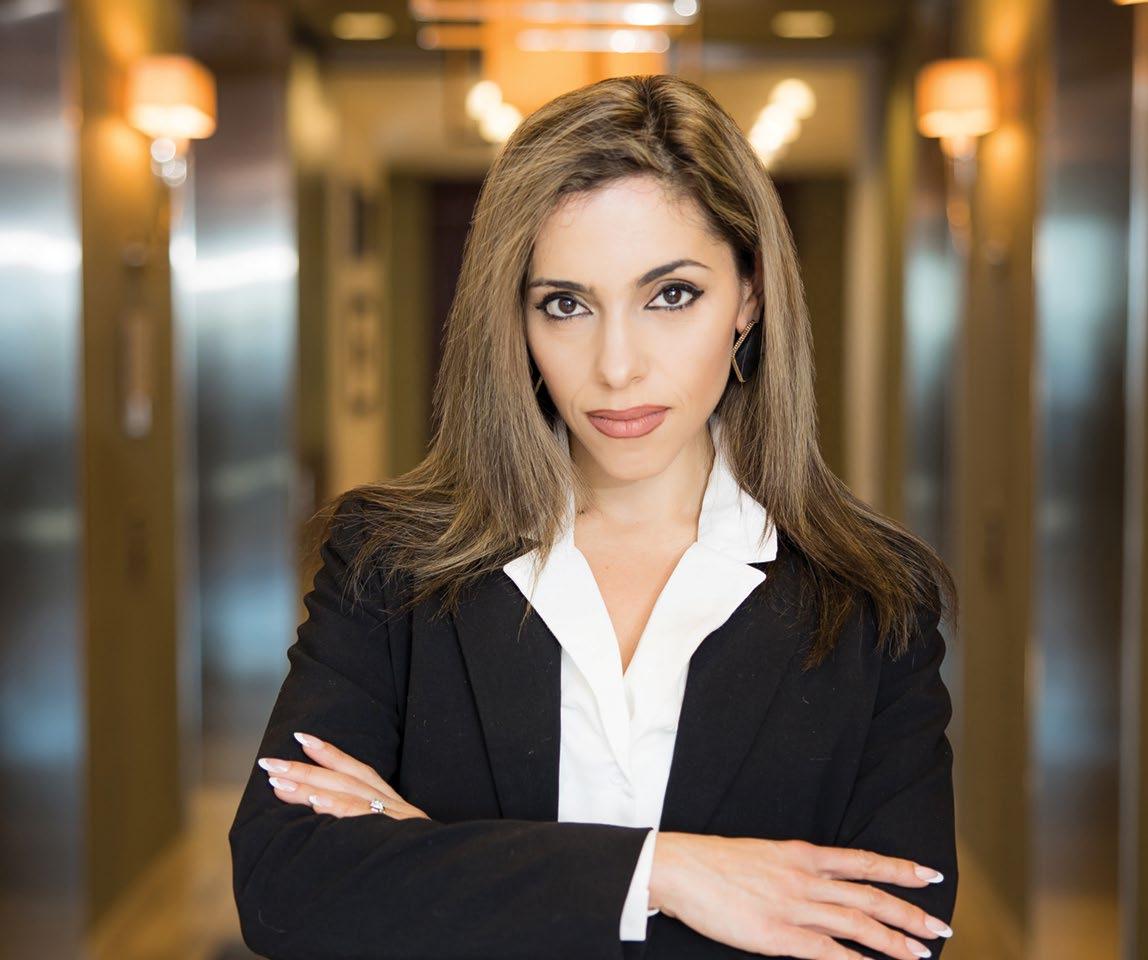
• San Diego State University Honors Program, Phi Beta Kappa Honors Society–2012
• Phi Eta Sigma Honors–2012
» LANGUAGES
• Russian–Native level fluency
Attorney Journals San Diego | Volume 233, 2023 20
© Bauman Photographers
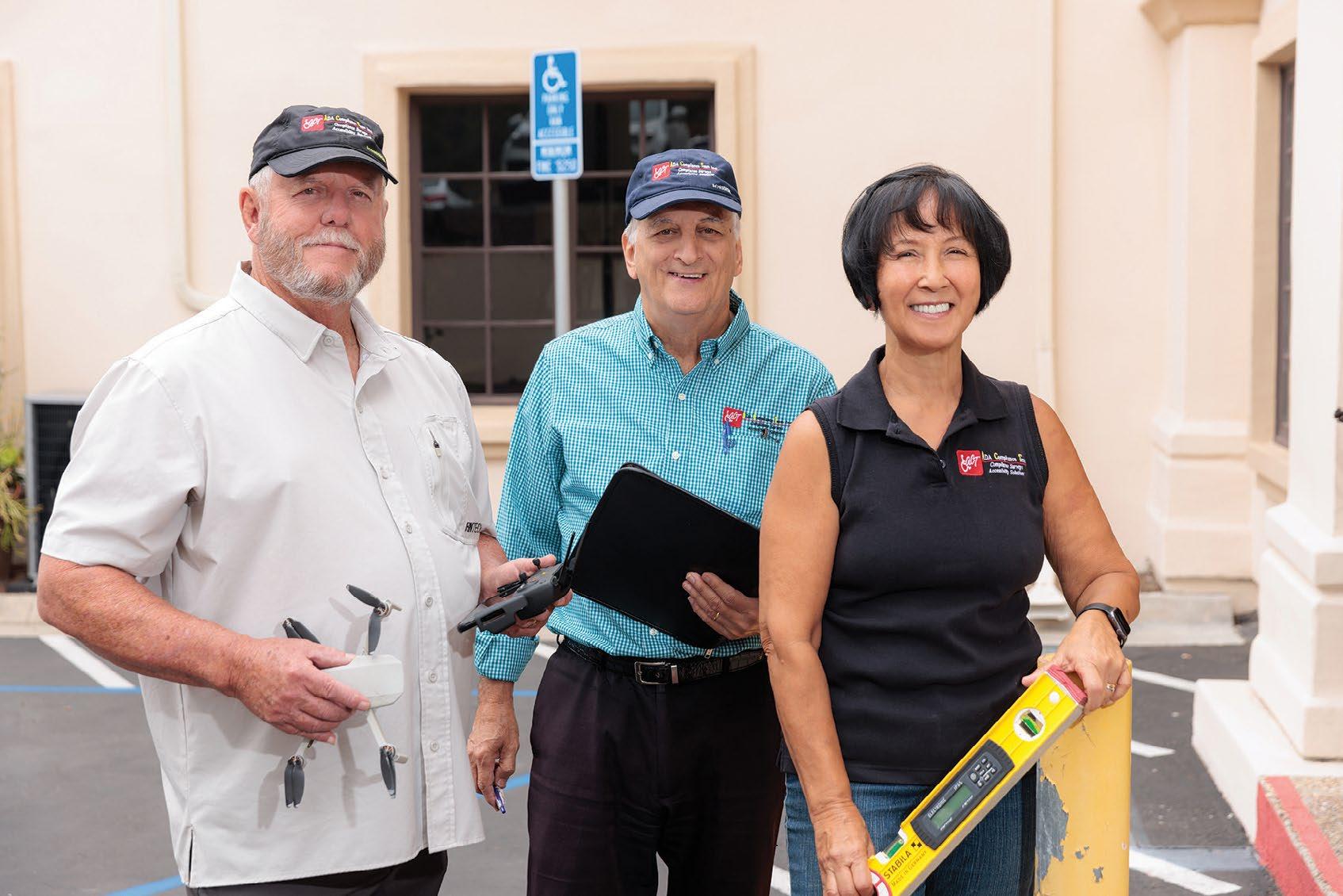

Are You a Business Owner OR Attorney With a Client Who is Dealing With an ADA Violations Lawsuit? Don’t Panic! (ACT) Now! NATIONWIDE ADA COMPLIANCE SOLUTIONS We have the answers and solutions to all of your ADA compliance issues for your business and/or client. 2041 Riviera Drive Vista, CA 92084 (760) 940-6106 adacomplianceteam.com ADA Compliance Team, Inc. (ACT) COMPLIANCE SURVEYS / ACCESSIBILITY SOLUTIONS / TRANSITION PLANS 21 Attorney Journals San Diego | Volume 233, 2023
California Case Summaries New California Civil Cases
by Monty A. McIntyre, Esq.
Monty A. McIntyre, Esq. is the publisher of California Case Summaries™, which provides monthly, quarterly and annual summaries, organized by legal topic, of every new published CA civil case—helping lawyers save time, win more, and make more money. Monty has been a California civil trial lawyer since 1980, a member of ABOTA since 1995, and is a mediator, arbitrator and referee at ADR Services, Inc., conducting Zoom hearings throughout California. To schedule a matter, contact Monty’s case manager Haward Cho, haward@adrservices.com or hawardSDteam@adrservices.com, (213) 683-1600. California Case Summaries™ (https://cacasesummaries.com).
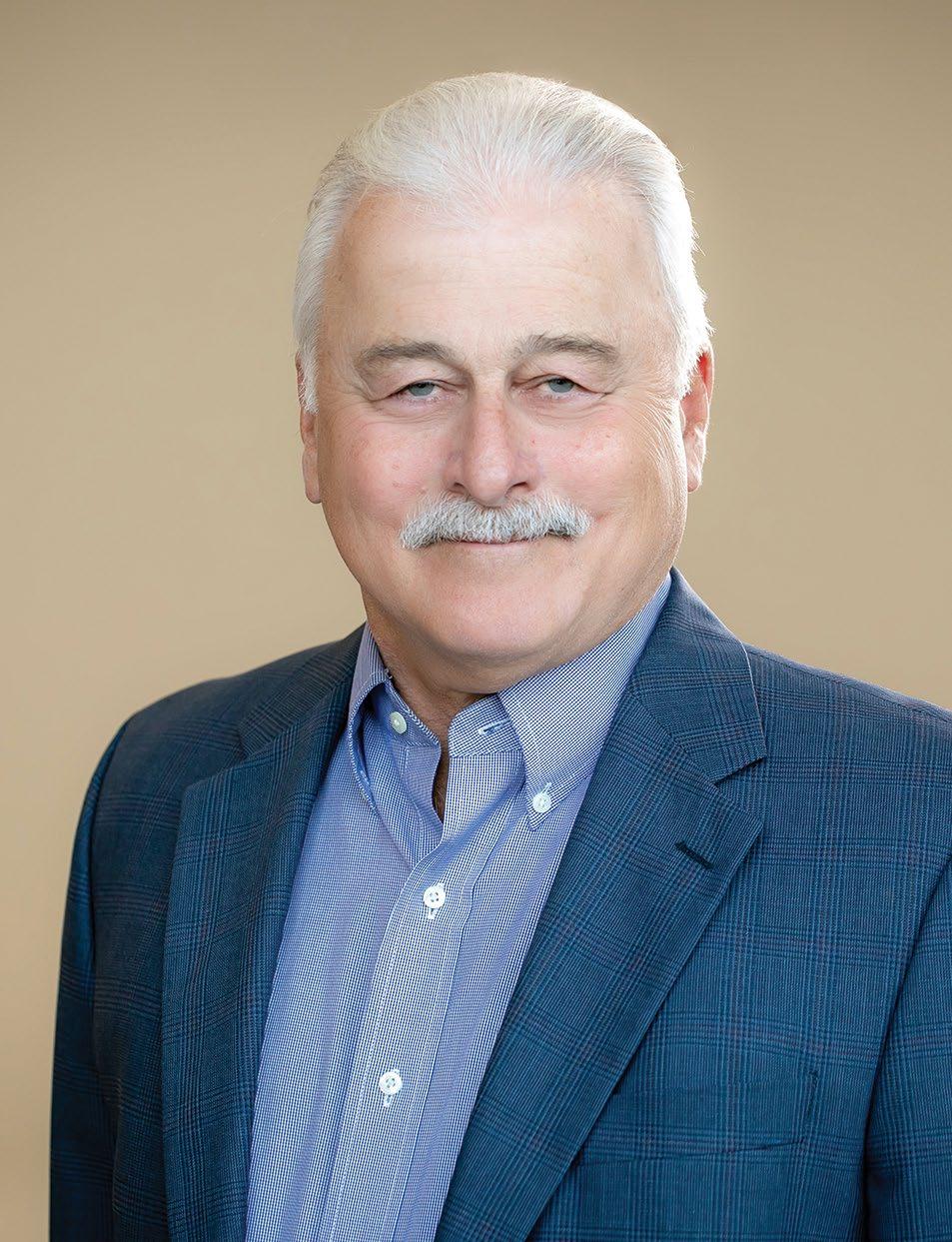
CALIFORNIA COURTS OF APPEAL
Arbitration
E-Commerce Lighting, Inc. v. E-Commerce Trade LLC
(2022) _ Cal.App.5th _ , 2022 WL 17547124:1 The Court of Appeal reversed the trial court’s order denying plaintiff’s motion to confirm an arbitration award, and granting defendant’s petition (supported by intervenor Banc of California, National Association’s (the bank)) to correct the arbitration award to eliminate the setoff awarded by the arbitrator. In 2015, defendant purchased plaintiff’s assets for $11.5 million. As part of the purchase defendant gave plaintiff a promissory note for $2.5 million. Defendant also obtained two loans from the bank, one for $5 million and the other for approximately $1.25 million. Plaintiff, defendant and the bank agreed that the promissory note to plaintiff would be subordinated to the bank loans. Plaintiff later sued defendant, defendant moved to compel arbitration, and the parties stipulated to arbitrate. The bank was not a party to the arbitration. Plaintiff claimed breach of the promissory note and defendant claimed breach of the asset purchase agreement. The arbitrator found in favor of both parties, concluding that defendant owed plaintiff $2,756,635.66 and plaintiff owed defendant $2,611,463.58. The arbitrator concluded that an offset was allowable, and issued a single final award of the difference of $145,172.08
to plaintiff. The trial court granted the motion to correct the award, and denied the petition to confirm it, because it concluded that the arbitrator’s setoff effectively allowed plaintiff to circumvent the subordination agreement with the bank. The Court of Appeal reversed. Per Code of Civil Procedure section 1286.6(b), the trial court could correct the award only without affecting the merits of the decision upon the controversy submitted. A party cannot use a petition to correct an arbitration award as an appeal of an arbitrator’s considered decision. Based on the facts presented, including that the arbitration parties had disputed whether a setoff was available, the Court of Appeal concluded that the correction affected the merits of the arbitrator’s decision and was therefore improper. (C.A. 4th, December 9, 2022.)
Iyere v. Wise Auto Group (2023) _ Cal.App.5th _ , 2023
WL 314122: The Court of Appeal reversed the trial court’s order denying defendant’s motion to compel arbitration of plaintiffs’ complaint alleging numerous employment claims including discrimination, harassment, retaliation and wrongful termination. The trial court denied the motion, concluding that defendant had failed to prove the authenticity of plaintiffs’ signatures on the arbitration agreement, and also concluding the arbitration agreement was procedurally and substantively unconscionable. The Court of Appeal disagreed. It concluded that plaintiffs did not offer any admissible evidence creating a dispute as to the authenticity of their signatures. Plaintiffs did not say in their declarations that they did not sign the arbitration agreement
Attorney Journals San Diego | Volume 233, 2023 22
or that their signature was forged. Instead, they declared that they were given a lot of documents, asked to quickly sign them, and did not recall reading or signing any arbitration agreement. The Court of Appeal also concluded that while plaintiffs had shown procedural unconscionability, they did not show any element of substantive unconscionability. The arbitration agreement stating that it was governed by the Federal Arbitration Act was not unconscionable, neither was the provision that allowed the defendant to choose between two arbitration providers. (C.A. 1st, January 19, 2023.)
Civil Procedure
Chen v. BMW of North America (2023) _ Cal.App.5th _ , 2022 WL 18407504: The Court of Appeal affirmed the trial court’s post-verdict order awarding plaintiff $53,509.51 in attorney fees and costs in his action alleging breach of warranty and violation of the Song-Beverly Consumer Warranty Act (Civ. Code, § 1790, et seq.) and the Consumers Legal Remedies Act (Civ. Code, § 1750, et seq.). During the litigation defendant sent a Code of Civil Procedure section 998 offer, agreeing to pay plaintiff $160,000 (exclusive of recoverable costs and attorney fees accrued to the date of the offer), and attorney fees and costs as awarded by the trial court. Plaintiff rejected the 998 offer, the litigation continued for two more years, and the parties settled on the day of trial with the settlement terms being essentially identical to the section 998 offer. The trial court properly concluded the 998 offer was valid, plaintiff did not do better than the offer, and properly limited the award of plaintiff’s fees and costs to $53,509.51, the fees and costs plaintiff accrued through July 2017, 45 days after the section 998 offer was made. (C.A. 6th, filed December 29, 2022, published January 23, 2023.)
City of Rocklin v. Legacy Family Adventures etc. (2022) _ Cal.App.5th _ , 2022 WL 17827565: The Court of Appeal affirmed the trial court’s order denying defendants’ antiSLAPP motion to strike (Code of Civil Procedure, section 425. 16) and its order awarding plaintiff attorney fees of $72,798.65 and costs of $1,053.31 because the anti-SLAPP motion was frivolous. The anti-SLAPP motion was filed against 4 of 12 causes of action in plaintiff’s complaint regarding a joint undertaking involving the construction and operation of a theme park called Quarry Park Adventures. The parties did not actively dispute that the speech at issue in those causes of action was commercial speech, to which section 425.16 does not apply. Instead, the parties debated whether the speech concerning the theme park qualified under the “artistic work” exception (section
425.17(d)(2)) to the commercial speech exemption (section 425.17(c)). The trial court was not bound by an expert opinion offered by defendants and it properly carried out its duty to interpret the statute and made its determination as a matter of law as to whether a theme park would qualify as an artistic work under section 425.17(d)(2). The trial court correctly sustained plaintiff’s objection to paragraphs in the expert declaration as relayed case-specific hearsay. (People v. Sanchez (2016) 63 Cal.4th 665, 676.) Finally, the trial court did not abuse its discretion in awarding attorney fees to plaintiff pursuant to section 128.5 as incorporated in section 425.16(c), because any reasonable attorney would agree that defendants’ special motion to strike on the ground that the proposed theme park was an artistic work was totally devoid of merit. (C.A. 3rd, December 21, 2022.)
Employment
Adanna Car Wash Corp. v. Gomez (2023) _ Cal.App.5th _ , 2023 WL 225122: The Court of Appeal affirmed the trial court’s order dismissing plaintiff’s trial de novo appeal from the Labor Commissioner’s award of back wages and other damages in favor of plaintiff’s former employee, Jesus Gomez. The trial court properly dismissed the appeal for lack of jurisdiction because plaintiff failed to post with the trial court an appeal bond required by Labor Code section 98.2. It also properly concluded that plaintiff’s earlier filing of a surety bond under Labor Code section 2055, a bond required of all car wash owners as a condition of operating a car wash business, did not satisfy the appeal bond requirement under section 98.2. (C.A. 2nd, January 18, 2023.)
Evidence
LAOSD Asbestos Cases (2023) _ Cal.App.5th _ , 2023 WL 354915: The Court of Appeal reversed the trial court’s order granting defendant Avon Products, Inc.’s (defendant) motion for summary judgment against plaintiffs Alicia Ramirez (Alicia)2 and her husband Fermin Ramirez (collectively plaintiffs) in their complaint for damages against several defendants due to Alicia’s development of mesothelioma. Defendant’s motion for summary judgment relied on a declaration from Lisa Gallo (Gallo Declaration), an employee who did not begin work at Avon until 1994, halfway through Alicia’s alleged exposure period. Plaintiffs objected to the Gallo Declaration and attached exhibits on the grounds they lacked foundation, lacked personal knowledge, and contained hearsay. The trial overruled the objections and granted the motion for summary judgment, finding the declaration was the sole evidence which shifted
Attorney Journals San Diego | Volume 233, 2023 23
the burden to the plaintiffs to produce evidence sufficient to create a triable issue of material fact. The Court of Appeal disagreed, concluding that the trial court erred in overruling plaintiffs’ objections based on lack of foundation, lack of personal knowledge and the hearsay nature of the documents. Because Lisa Gallo was a lay witness, not an expert witness, she was limited to testimony reflecting her personal knowledge and could not testify to hearsay. There is no special category of “corporate representative” witness. Moreover, a person deposed as a corporate person most qualified (PMQ deponent) may only testify at trial according to the rules of evidence which apply to ordinary lay witnesses. The rules relating to witness testimony at a trial or hearing apply equally to defendants and plaintiffs. The trial court abused its discretion in admitting the declaration and hearsay documents. Without the Gallo Declaration, defendant did not offer evidence which shifted the burden to plaintiffs. The Court of Appeal rejected defendant’s argument that the summary judgment should still have been granted because plaintiffs’ discovery responses were factually devoid, because defendant failed to adequately develop this theory in the trial court and on appeal and it was therefore forfeited. (C.A. 2nd, January 23, 2023.)
Insurance
John’s Grill v. Hartford Financial Services Group (2022) _ Cal.App.5th _ , 2022 WL 17959561: The Court of Appeal affirmed the trial court’s order granting defendant Hartford Financial Services Group (HFSG’s) motion to quash service of summons, but it reversed the trial court’s order sustaining defendant Sentinel Insurance Company, Ltd. (Sentinel)’s demurer, without leave to amend, to restaurant plaintiff’s complaint alleging wrongful denial of its claim for business interruption coverage for losses caused by the COVID-19 pandemic. After full briefing, argument and submission of the appeal, the parties settled the case and asked for the appeal to be dismissed. Court of Appeal declined to dismiss because the appeal raised issues of continuing public interest which were likely to recur, and filed its opinion. The Court of Appeal held the trial court properly granted HFSG’s motion to quash, because plaintiff failed to present sufficient evidence to show jurisdiction over HFSG because HFSG was not a party to the insurance policy and was only a holding company that indirectly owned Sentinel. However, the trial court erred in sustaining Sentinel’s
demurrer without leave to amend. Unlike many other policies discussed in recent published opinions, the Sentinel policy had language providing coverage for loss due to a virus, if the virus was caused by one of a number of listed causes (the Specified Causes Clause). Any other damage caused by a virus was excluded from coverage. The Court of Appeal concluded that the insuring agreement providing virus coverage, construed according to the reasonable expectations of an insured, was broad enough to encompass forms of property loss not involving physical alteration of property. Plaintiff alleged enough that it should have been granted leave to amend to plead that its claim fell within the scope of the virus coverage. The Court of Appeal ruled that the Specified Causes Clause, if construed and applied expansively as requested by Sentinel, would leave plaintiff with no virus coverage at all and was therefore unenforceable under the illusory coverage doctrine. Finally, the Court of Appeal concluded it was premature to determine whether the virus exclusion applied until the cause of the virus was determined. (C.A. 1st, December 27, 2022.)
Landlord-Tenant
Tufeld Corp. v. Beverly Hills Gateway, L.P. (2022) _ Cal. App.5th _ , 2022 WL 17482205: The Court of Appeal affirmed in part, and reversed in part, the trial court’s judgment, following a bench trial, concluding that an amended commercial real property lease executed in 1960 and now ending in 2123 was void under Civil Code section 718 to the extent its term exceeded 99 years. Because the lease was void, the trial court concluded that defendant tenant could not maintain its estoppel, laches, and waiver defenses. However, to avoid an unnecessary retrial in the event of an appellate reversal, the trial court addressed the merits of defendant’s equitable defenses and held that if estoppel, laches, and waiver were available, then the facts of the case would compel their application, requiring full enforcement of the ground lease term through 2123. Ruling on an issue of first impression, the Court of Appeal stated that the main issue on appeal was whether a lease that violates section 718 is void or voidable. It would make a difference in this case because if the lease was voidable, defendant could assert equitable defenses against plaintiff landlord’s claims for declaratory relief. The Court of Appeal concluded the part of the lease exceeding 99 years was void. (C.A. 2nd, December 7, 2022.) n
1 There is a dissenting opinion in this case.
Attorney Journals San Diego | Volume 233, 2023 24
2 Alicia died while the appeal was pending, and the action was then prosecuted by Fermin in his individual capacity and as Alicia’s successor-in-interest.






Serious Personal Injury Wrongful Death Sexual Abuse and Assaults Employment law Mass Torts Generous Referral Fees Paid Consistent with the Rules of Professional Conduct 833-Get -Gomez | 619.237.3490 755 Front Street | San Diego, CA 92101 | GetGomez.com We are leaders because we • Try more cases than any other San Diego firm; • Win more than any other San Diego firm; •Have recovered more than 500 million dollars in verdicts and settlements; •Have recovered more than 125 individual verdicts or settlements over one million dollars each; •Feature 12 Super Lawyers of Super Lawyers Rising Stars; and •Are led by Yale Law Graduate and Nationally Recognized Trial Lawyer John Gomez Don’t just take our word for it. Ask around. San Diego’s Leading Plaintiff’s Personal Injury Law Firm
According to most economists, we’re not in a recession, at least right now. However, the only certainty appears to be uncertainty. How will law firms achieve growth in an unstable environment? We’ve reviewed two leading annual research reports, the 2023 Citi Hildebrandt Client Advisory and the 2023 Thomson Reuters Report on the State of the Legal Market. These reports provide data and insights that can help inform critical decisions this year and beyond.
This is our reaction to those reports curated here along with our highlights and a few recommended areas of focus for the coming year.
These are certainly challenging times for the legal community. Dare we say exciting? In addition to ongoing market segmentation, law firms are faced with rising operational costs in a slow-growth market. Moreover, fierce talent competition persists alongside continuing issues of lawyer retention. Perhaps ‘exciting’ is a bit of a stretch.
But none of this has to mean your law firm won’t prosper.
As lawyers return to the office post-pandemic, firms will look for growth opportunities. It will come from some combination of practice mix, geographic footprint, and probably both. Firms that have the capacity will increase profits by focusing on practices that perform well in a downturn—such as litigation, financial restructuring and bankruptcy. Others will look for viable complements to existing businesses given the firm’s capabilities. Still another possibility for growth comes from expanding existing client relationships, both domestically and abroad.
Of course, in addition to a solid growth strategy, the reports show efficiency is more important than ever to the bottom line. The clarion call from clients for greater efficiencies will be loud and clear this year. According to the 2023 Citi Hildebrandt Client Advisory, law firms are listening. There has been a significant acceleration in efficiency initiatives since 2020. It’s one way to address the continued growth of alternative legal service providers and Big Four legal businesses that have cropped up.
3 Moves to Help Your Law Firm Thrive
 by Susan Lambreth
by Susan Lambreth
Recently, a member of the Big Four announced the separation of its audit and advisory businesses, replacing the partnership model of the advisory business, which includes legal. The purpose? To create a publicly traded corporate structure. This will allow them to offer clients an expanded and integrated range of services across legal, data analytics, process management and risk management. We can’t know how this will all shake out, but the push toward greater efficiency comes as no surprise. As advisors, we have heard these comments for years, which is why we at LawVision have been training lawyers and other legal professionals to enhance lawyer efficiency for over a decade.
The new company will purportedly attract talent away from traditional law firms by offering a more rewarding work experience. Does this portend a sea change in law firms? In our experience, young lawyers increasingly tell us that the elusive golden ring of equity partnership exacts too high of a personal toll due to the hours worked. So, the push toward a more rewarding work experience may very well align with the expectations of future generations. Some of the Big 4 are known for their “best practices to work” distinction. Still, the study does predict that it will be difficult to compete for top talent with lower compensation. Absent the partnership structure, it remains a question whether such an arrangement will be able to match the higher salaries that BigLaw lawyers demand.
Inflation is raging, the work environment is evolving, and clients want more. It’s comfortable to believe that in this post-pandemic world, we can simply work a little harder. But it will undoubtedly be a year that tests our resolve. We repeat here the words of renowned management expert Peter Drucker that are so aptly quoted in the Citi Hildebrandt study:
“A time of turbulence is a dangerous time, but its greatest danger is a temptation to deny reality.”
Let’s take a look at some of those realities.
Attorney Journals San Diego | Volume 233, 2023 26
Evolving Work Environment
Nearly three years ago, on a weekend in March 2020, lawyers across the country packed up their offices and went home to work. As it turns out, many wanted to stay. Once the pandemic cooled, law firm management transitioned to a more flexible work arrangement, hence the birth of the hybrid model. Some days in, some days out. Easy in theory, not so simple in practice.
In the evolving scenario of 2023, law firms have opportunities. There are many challenges to overcome, however, in dealing with the changing work environment. Early on in the associate’s tenure, law firms have historically relied heavily on the apprenticeship model. Along with this, the most effective firms build strong, trusting relationships, cultivate a culture of sharing and collaboration, and ensure that work is distributed fairly and consistently. For the best development to occur, partners need to identify issues with young associates early on and provide real-time feedback and opportunities to help them improve.
In this new environment, law firm management must determine how to:
• Effectively develop associates when many will spend a much smaller proportion of their work hours in the office
• Maintain a collaborative and cohesive culture
• Strike a balance between giving people flexibility and meeting the needs of clients and the business
When it is clear that many lawyers do not want to be in the office very often, accomplishing these three objectives will require new ideas and approaches—perhaps unlike anything law firms have tried before.
Operational Efficiencies
Besides the changing work environment, another reality is the greater focus on both expense and revenue-related operational efficiencies. This will enable firms to:
• Deliver more efficient legal services
• Support a more flexible work model
• Reduce costs
• Improve revenue and margin growth
According to the research, some of the more popular approaches to expense reduction include, for example, rethinking office spaces, i.e., smaller, fewer, more shared and collaborative areas and hoteling. Firms continue to rethink how they leverage their professional staff to do more with less. With hybrid work arrangements, for example, professional staff may no longer need to be in the same physical location. This widens the talent pool and promotes a more flexible
and satisfied staff. Also, law firms are currently upskilling capabilities within the professional pool by reducing the number of legal secretaries and adding more specialists in areas such as practice group operations, legal project management, pricing, business development, technology, finance and more. This trend will persist in 2023.
Note, however, that based on what surveys show, even if firms leverage their professional staff more, overall costs will rise due to the type of professional being hired—i.e., higherlevel business professionals and fewer word processors. But, changing the type of professionals can be a smart business move that increases efficiency and frees up partner and associate time for fee-earning work. Indeed, according to the Citi Hildebrandt study, 63% of law firms plan to increase, for example, their project management teams through 2024.
Associate Management and Development
In addition to figuring out how to get lawyers back into the office, law firm leaders must also grapple with at least three associate issues. The first is that strong associate hiring continues in many firms, even amidst economic uncertainty. That’s because law firms that laid off large numbers of associates during the Great Financial Crisis of 2009 ultimately came up short in 2010 when the economy rebounded. Moreover, the slashing of associates damaged group cohesion, something that firms cannot quickly recover from. This time around, most firms are continuing to hire. A surplus of associates may give firms the ability to meet increasing demand when the economy improves but in 2023 it may put a drag on profitability.
The second issue is that associate compensation has dramatically increased since 2021 when everyone was chasing top talent. Compensation wasn’t so much of a problem then, even during inflationary times since firms could simply raise their rates. But now, those fat salaries combine with other increases, producing internal expenses that are growing at the fastest rate since 2008.
The third issue is high associate turnover, which has been a problem for the better part of a decade. Yes, the workhard-to-reach-partnership contract has changed. Still, it is expensive and disruptive to lose upwards of 20% of associates every year. According to the 2023 Thomson Reuters Report on the State of the Legal Market, although the number did decline somewhat from a high of 24% in 2021, the current 20.1% (YTD Nov. 2022) is still one of the highest levels in the past decade. And, some 44% of young lawyers say that they would leave their current jobs for the ability to work remotely, according to a recent American Bar Associate study. These odds don’t exactly support a rosy outlook in 2023.
Attorney Journals San Diego | Volume 233, 2023 27
Strategies for a Challenging Year
According to the Thomson Reuters Report, not many are expecting a banner year for law firms. Following the 2021 growth rate of 3.7%, the numbers in 2022 dipped slightly into the negative at -0.1%. Granted, the 2021 growth is inflated by pent-up demand from the first pandemic year. But in the current economic uncertainty, it’s not possible to know how deep or how long the predicted recession will be. More than half of law firm leaders expect flat or low growth in profits per equity partner. The sky isn’t falling, but the odds aren’t great.
Strategies from Research
Both the Citi Hildebrandt and the Thomson Reuters reports are full of useful data that can inform your strategic decisions in 2023. What the research tells us is that law firm leaders will do better when they focus on the goal and not on the odds. Law firms can’t control inflation, the war in Ukraine, the price of fuel, or the global economy. They can’t control the number of ALSPs or whether the Big Four firms turn corporate. They can’t even control whether the next class of incoming lawyers prefers to work from home.
So focus on what you can control. Law firms that place greater emphasis on systematically planning and managing the work will be more capable of anticipating the seemingly unforeseeable in 2023. Smart strategies and the right processes will allow practice groups to manage hybrid teams however they may evolve and from wherever they choose to work.
Of course, there are many ways you can deal with the trends above. Two of them are through your practice group management or legal project management approaches. Below we outline how you can use legal project management strategies to prosper during the downturn. A future blog will address the practice group management opportunities.
Legal Project Management
Based on our review of the reports, we recommend the following three action steps this year. Watch for further elaboration of these steps during the coming months.
1. Ramp up your LPM initiative: During these times of falling demand and rising costs, LPM can help you dramatically improve your realization rates. In the context of what the data show, LPM makes sense now more than ever. Although most firms have already invested in LPM, many are still under-resourced in this critical area. According to the Thomson Reuters report, 63% of firms plan to increase legal project management spending in 2023. That’s because LPM helps manage matters to budget and communicate more effectively to fulfill client expectations and reduce unnecessary work, literally saving millions for medium and larger firms. Take a hard look: Does your firm have sufficient legal project management
resources—either a team of project managers or trained lawyers and paralegals—who can help reduce avoidable write-offs and write-downs?
2. Use LPM to improve teamwork and collaboration. When you use legal project management approaches to manage your matters, the members of the matter team understand their roles and responsibilities, communicate more effectively and generally feel less tension or stress in their dayto-day work lives. LPM can help your law firm collaborate more and churn less. Find champions who will commit to using LPM on more of their matters. This will help improve morale and connection within the matter teams, even those working in hybrid mode. It should also increase the profitability and efficiency of the practice group despite the rising costs of expenses.
3. Use LPM to enhance associate development. Even before the pandemic, gone were the days of having associates shadow a partner for training purposes. While shadowing is still a terrific training approach, it’s typically not billable. These days it’s the firm that bears the costs of associate development, not the client. This is just one of the areas in which the traditional apprenticeship model of association development has suffered. We realize that LPM does not take the place of shadowing, mentoring and other professional development approaches. However, there are several ways in which LPM can help. For example, an essential part of LPM is analyzing the matter upfront to create a scoping document. Its main purpose is to ensure the firm is on the same page with its client on the matter and the related budget. Equally important is that by providing increased visibility into the work required, LPM helps matter team members understand the high-level details, calibrate their contributions to the client’s needs, and align outcomes to meet client expectations. This helps junior lawyers understand how their individual work fits into the larger picture and prepares them for more advanced assignments in the future.
There are many more ways that LPM can help your firm navigate the uncertainties in these post-pandemic years. Every new year ushers in a set of new challenges. Your best investment in 2023 is to find solutions that position your firm for the long haul. Look to some of our previous and upcoming blogs for other useful tips on how to enhance your firm’s use of and benefits from LPM. n
Susan Lambreth is a founding Principal at LawVision and is nationally recognized as one of the top leadership, practice group and project management consultants for law firms. For over 25 years, she has helped law firms of all sizes improve their profitability and enhance their lawyers’ leadership and management skills. Learn more at: www.LawVision.com.
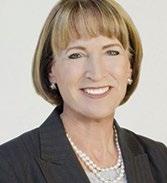
Attorney Journals San Diego | Volume 233, 2023 28

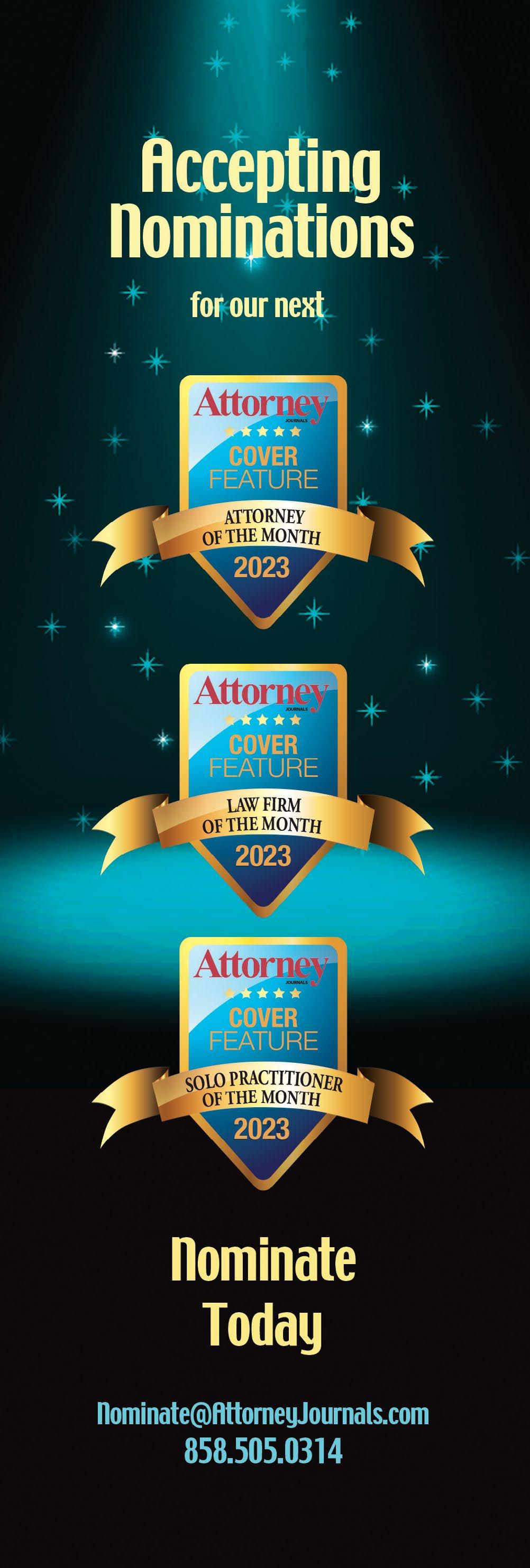
Peterson Reporting. Providing nationwide service since 1986. From day one of your deposition to the last day of your trial, Peterson Reporting is an indispensable member of your trial team. Proven professionalism and proficiency for more than 25 years. Locally owned, globally known. 530 B Street, Suite 350 San Diego, CA 92101 Since 1986 petersonreporting.com Call to request green delivery of your transcripts and receive a discount. 619 260 1069 Reporting Videography Trial Presentation Free Conference Rooms Live Streaming Services Video Conferencing Services Global Reach Complex Cases Accurate, Fast Peterson AttJrnl HPV.indd 1 7/12/13 5:04 PM 29 Attorney Journals San Diego | Volume 233, 2023

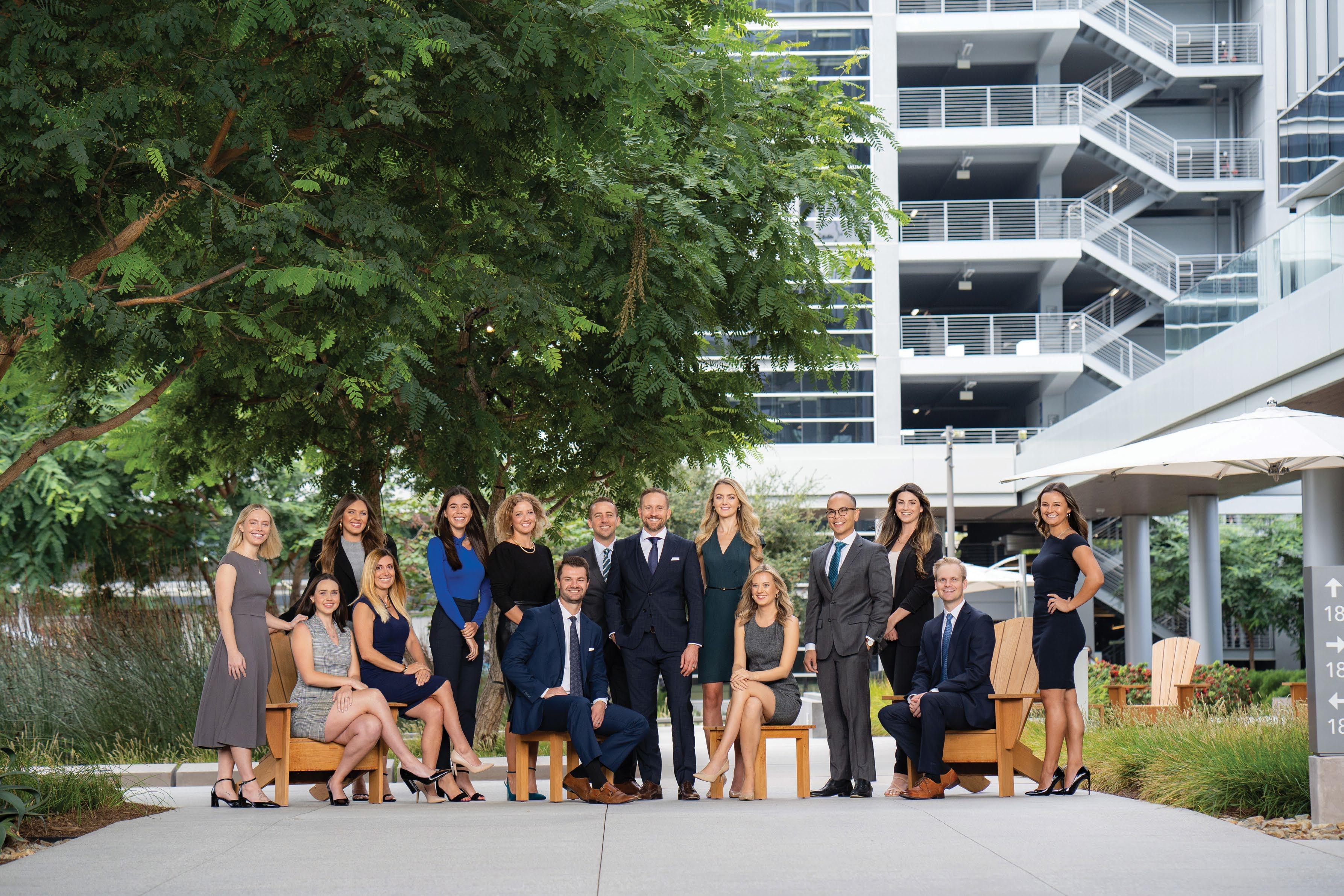
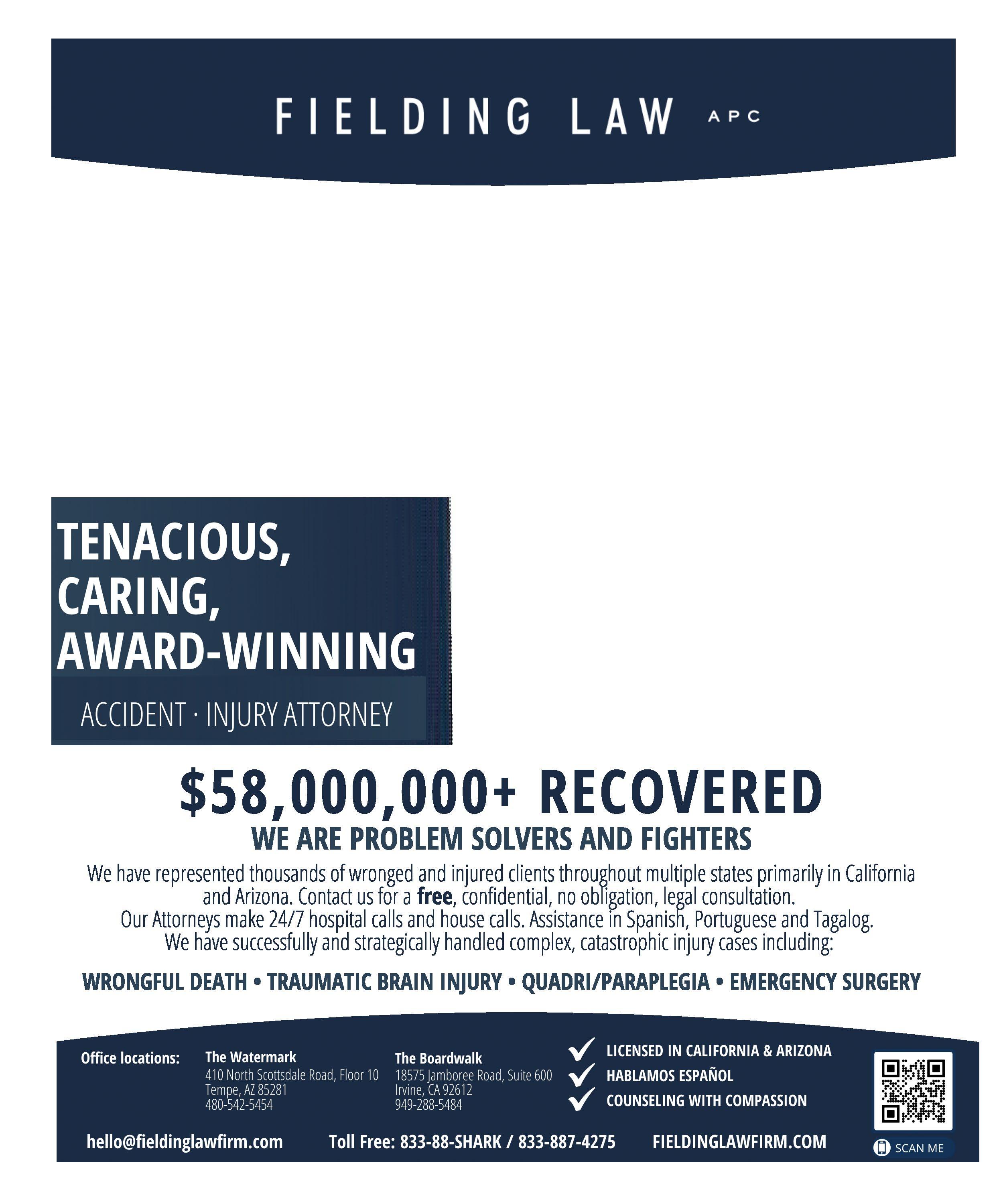


REFERRAL FEES PAID

WWW.PSBLAW.COM 310.477.1700 1.877.800.1700 UNRIVALED JURY VERDICT S SE TTL E MENT S PE RS ONA L SE RVIC E R EFE RRA L F EE S PANISH SHEA & BOYLE is happy to discuss how we may assist you in your case. Please contact the Honorable Judge Peter Polos (Ret.) for more information at polos@psblaw.com PRSRT STD U.S. POSTAGE PAID PERMIT # 100 CLAREMONT, CA



































































 by Sarah Brodsky
by Sarah Brodsky



 © Bauman Photographers
© Bauman Photographers













 by Susan Lambreth
by Susan Lambreth













